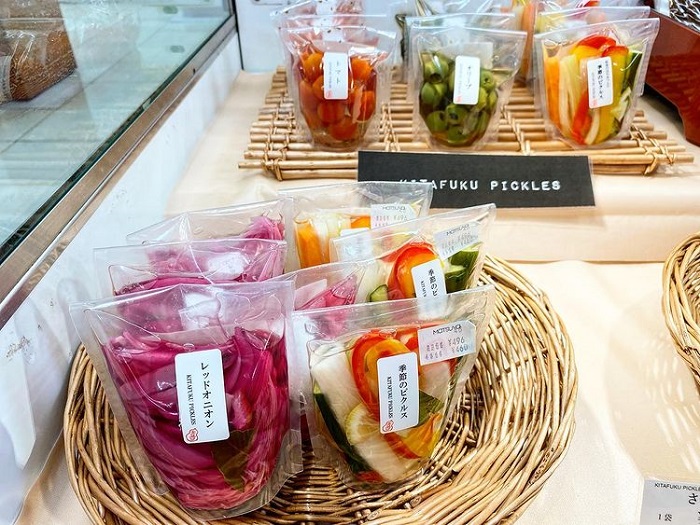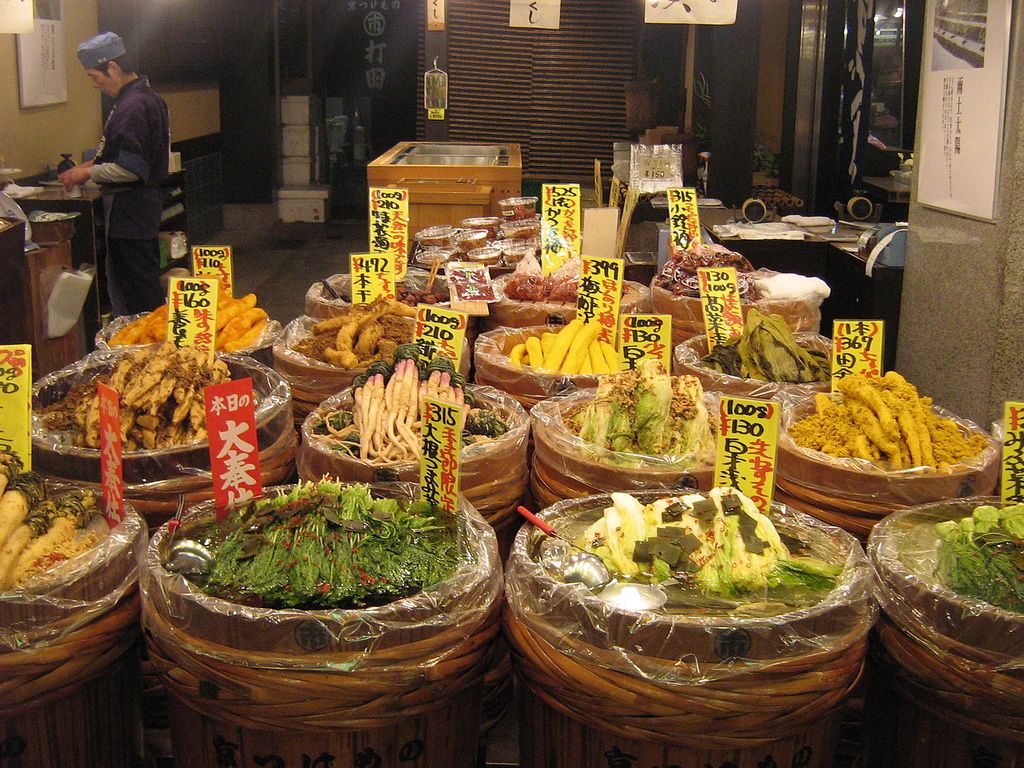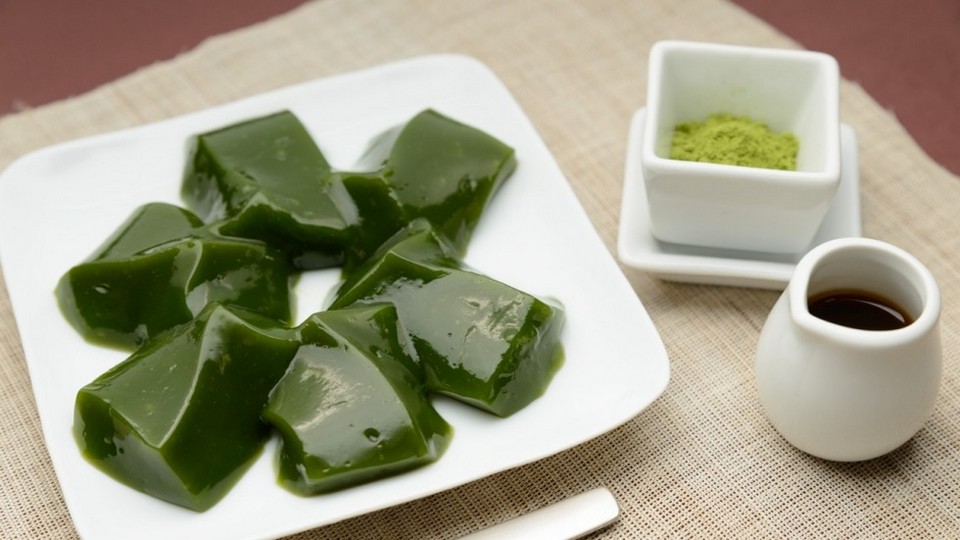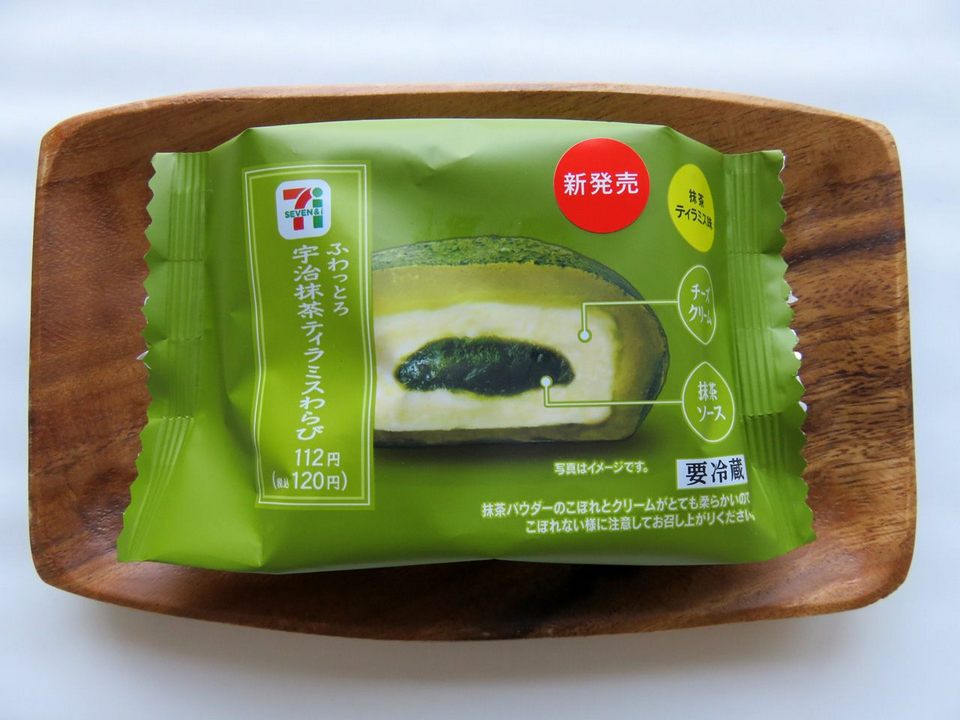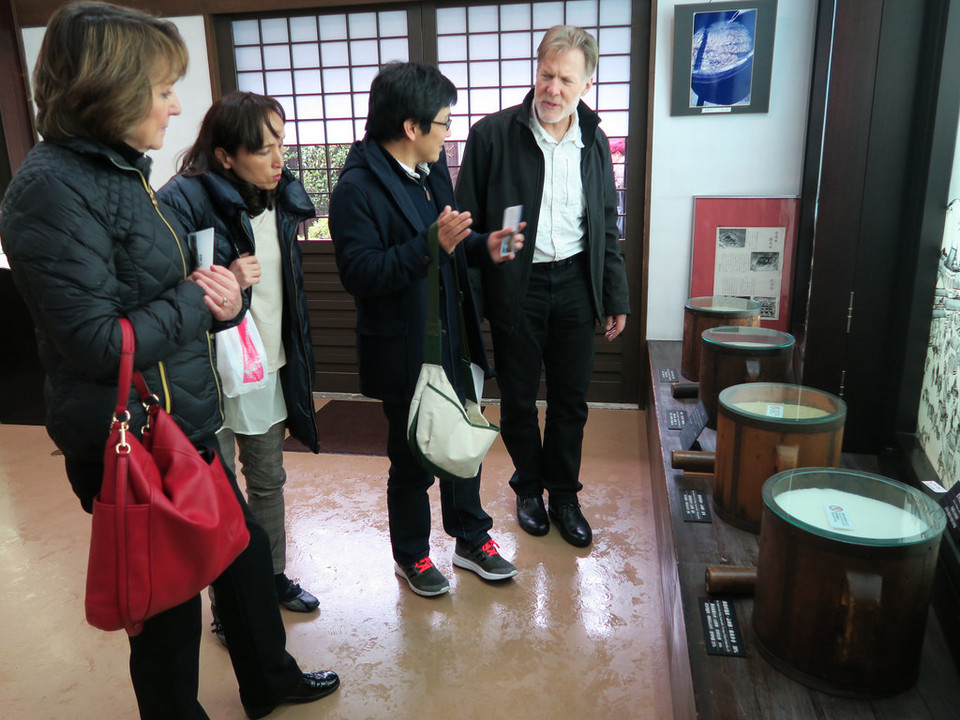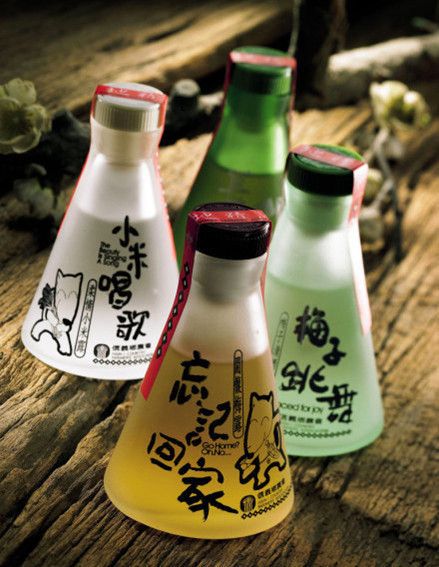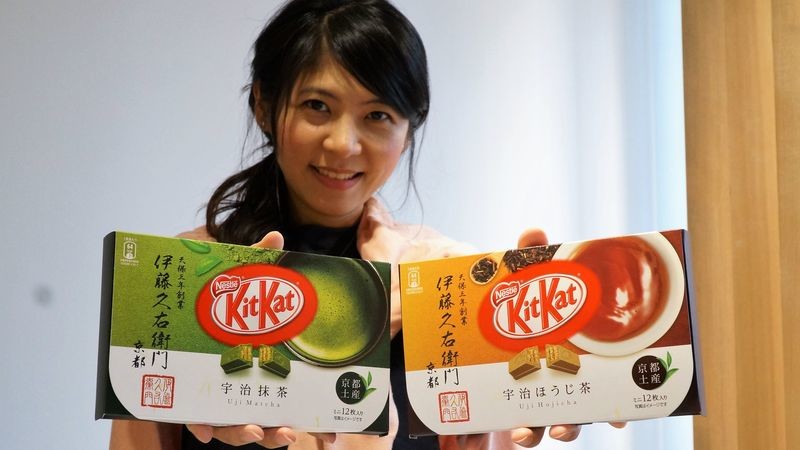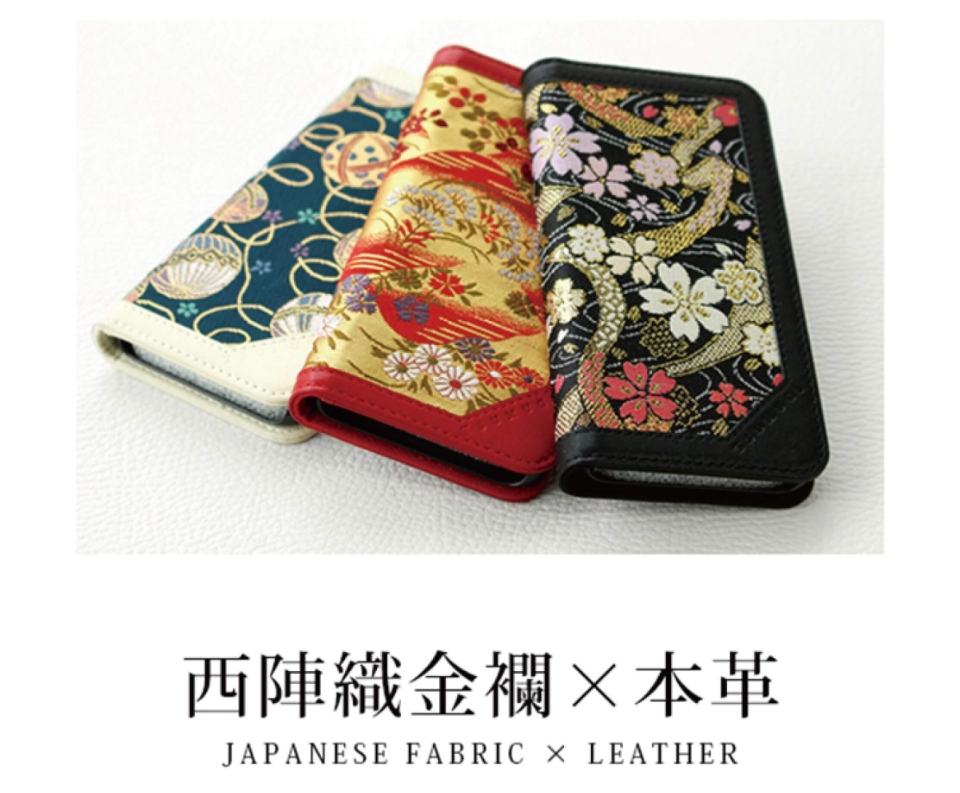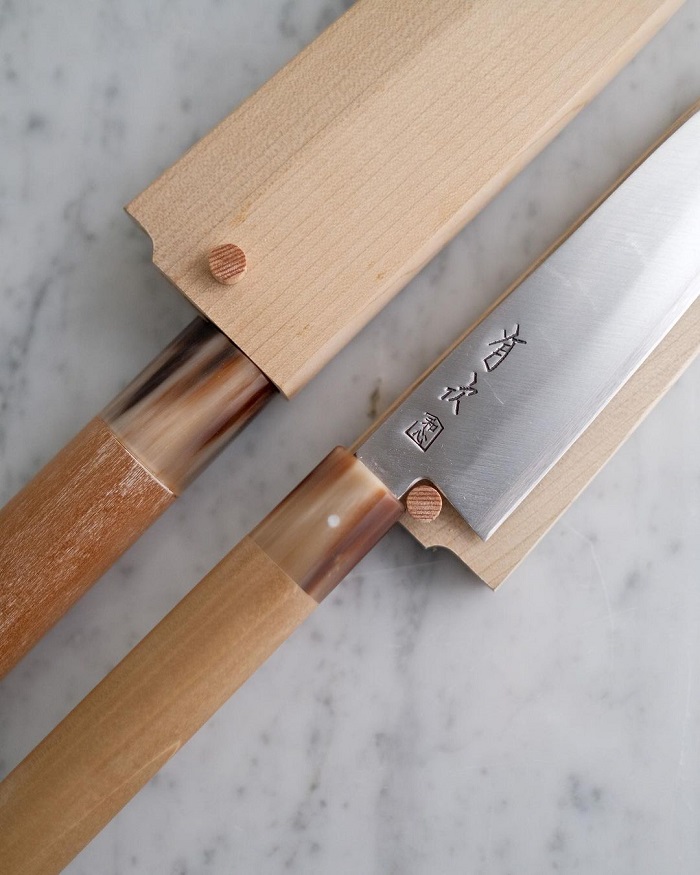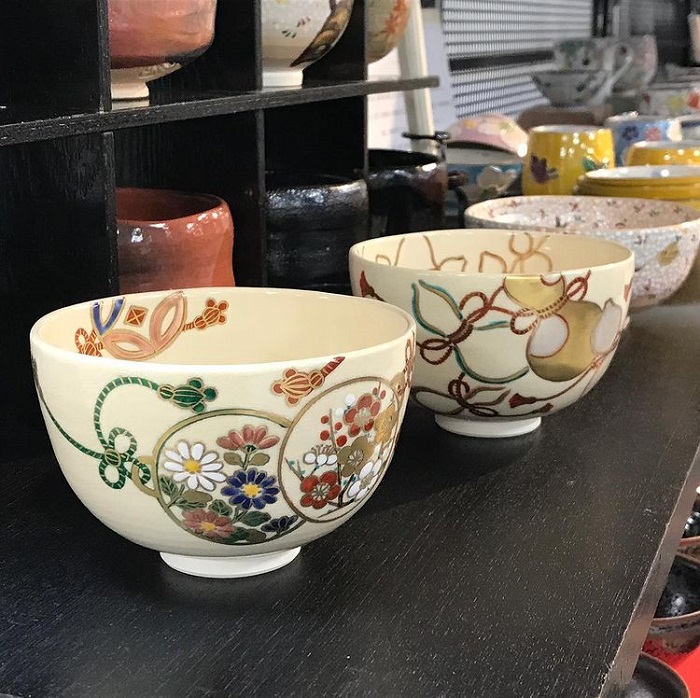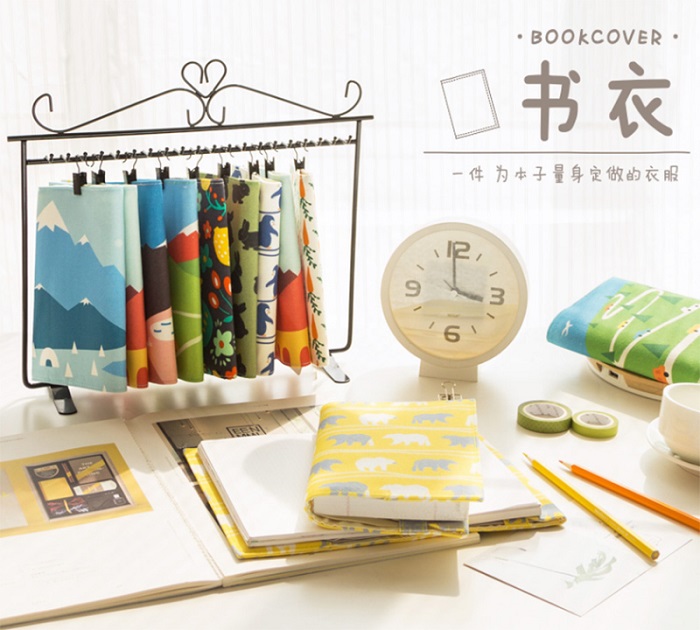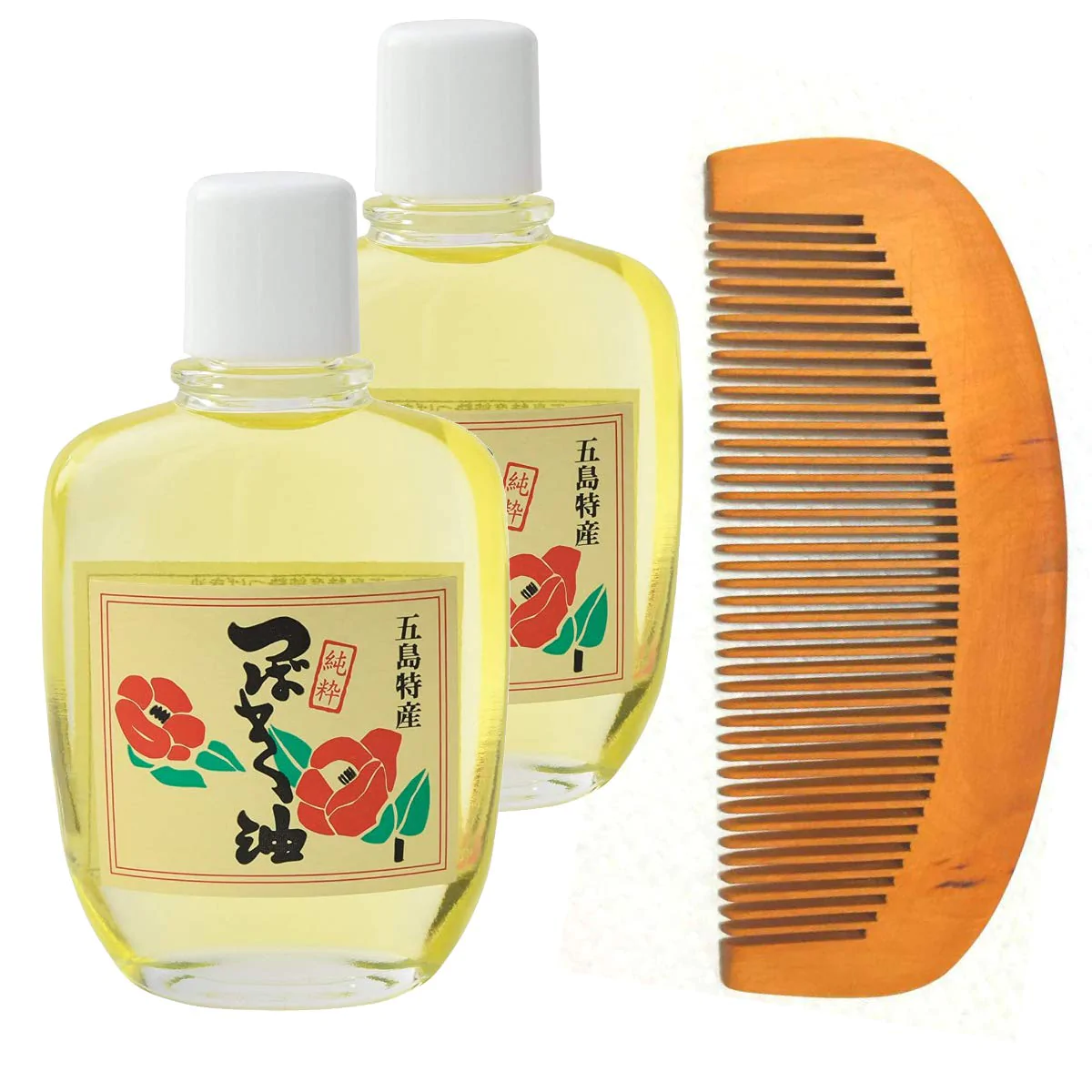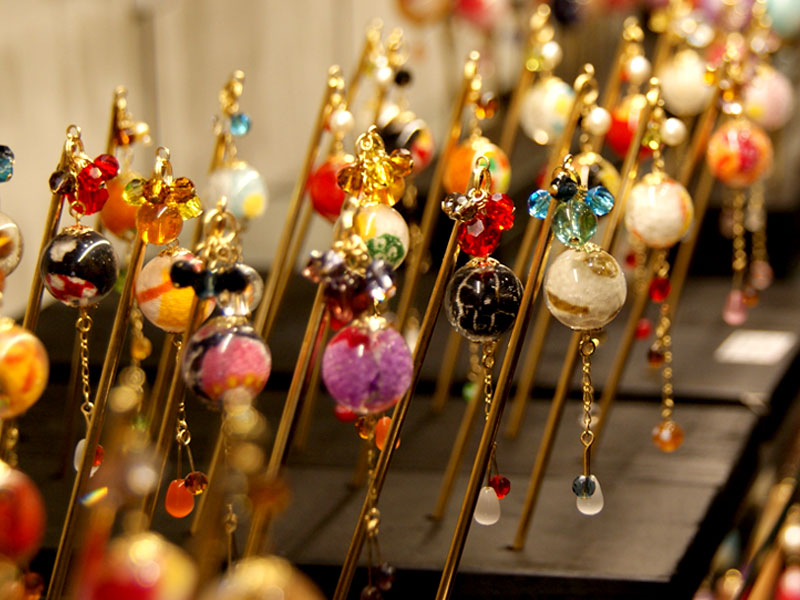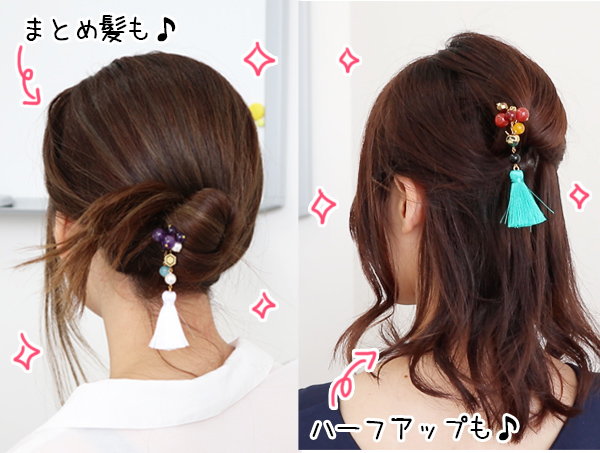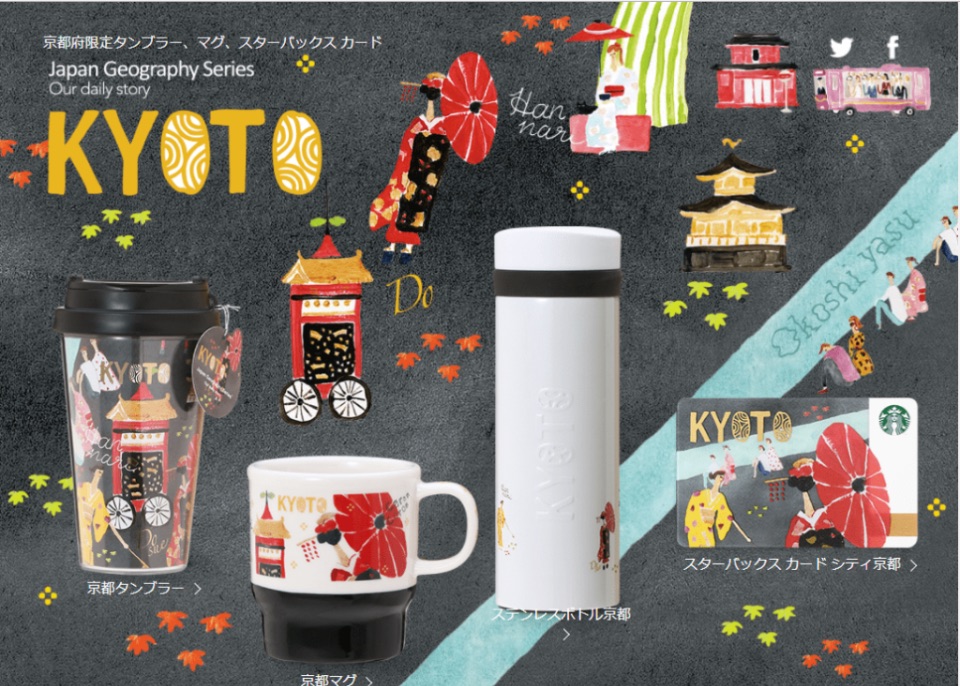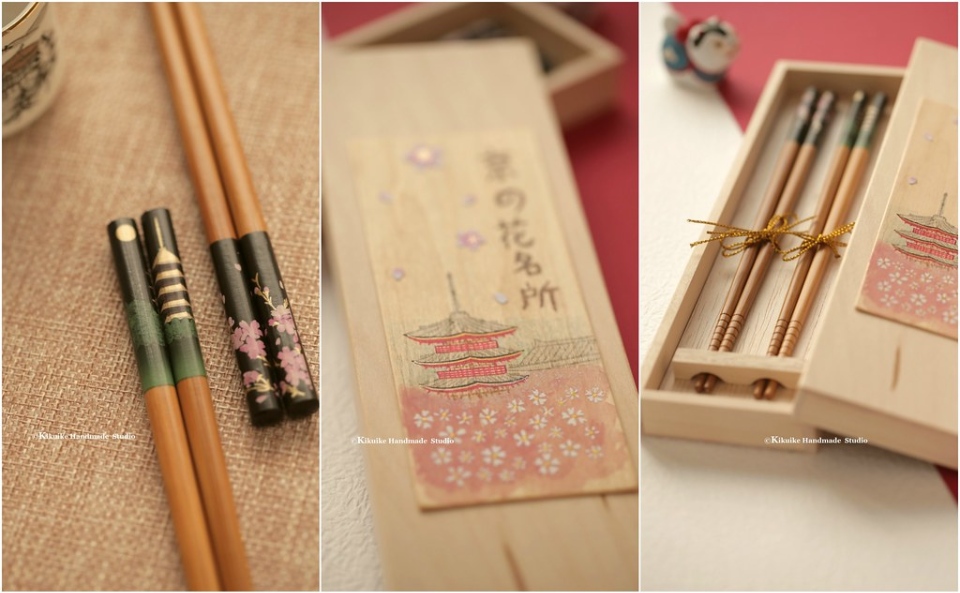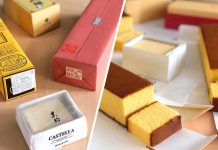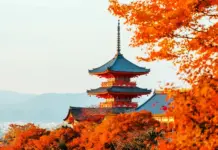Do not underestimate its use, this type of umbrella is very durable, no less than a cloth umbrella. On the body of the umbrella are lovely motifs, typical of Japan such as Mount Fuji, famous Shinto shrines, temples or flowers. Besides buying umbrellas, use umbrellas to create beautiful virtual live photos.
- Where to buy souvenirs in Kyoto? — Top 11+ best places to shop in Kyoto & what to buy in Kyoto
- Kyoto cherry blossom 2025 forecast — The dates & 9+ best place to see cherry blossoms in Kyoto
- Kyoto fall foliage forecast 2025 — The time & 15+ best place to see autumn leaves in Kyoto
- What to buy in Osaka? — Top 21+ gifts, souvenirs & best things to buy in Osaka
- When is the best time to visit Kyoto? — The best, worst, affordable & best season to visit Kyoto
What to buy from Kyoto: Cosmetics
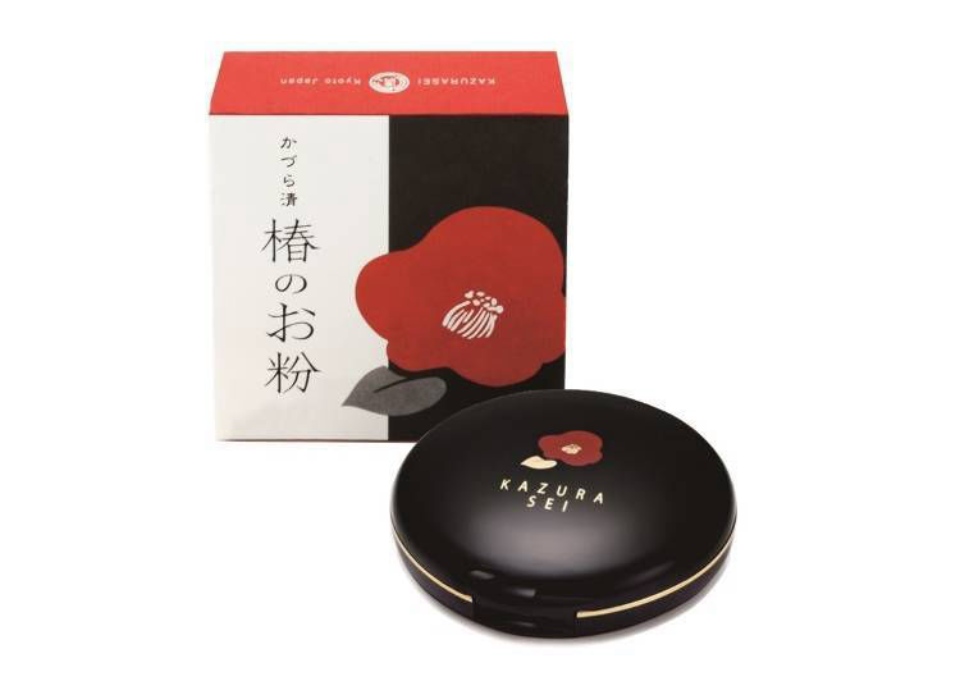
For women who like beauty but don’t know what to buy in Kyoto, cosmetics is a great choice. Japanese cosmetics are in the top of the best beauty industry in the world, and beauty products in Japan contain natural ingredients, improve from the inside, and are safe for health.
Cotton pads, blotting papers, rose water or lotions, lipsticks are sold a lot in shopping malls, convenience stores in Kyoto. Interestingly, visitors can experience traditional Japanese women’s beauty products from hundreds of years ago. Aromatic powders and scented waxes are extremely luxuriously decorated for visitors to choose from.
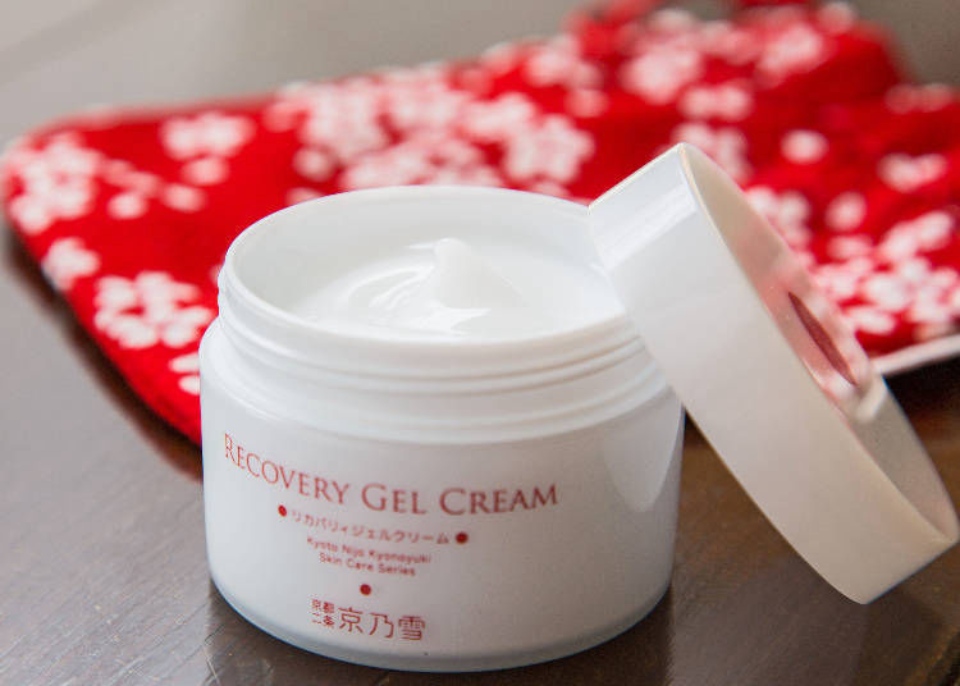
Some Kyoto cosmetic brands and shop you can refer to are: Kazurasei (Address: 285 Gion-machi Kitagawa, Shijo, Higashiyama-ku, Kyoto-shi, Kyoto-fu 605-0073/Hours: 10:00am – 7:00pm); Kyonoyuki (Address: 331 Lot 1, Nishidaikoku-cho, Aburanokoji East Entrance, Nijo, Nakagyo-ku, Kyoto-shi, Kyoto-fu 604-0063/Hours: 10:00am – 6:00pm); Yoja (Address: 211 Lot 1, Kiyomizu 2-chome, Ohashihigashi 4-chome, Matsubara-dori, Higashiyama-ku, Kyoto-shi, Kyoto-fu 605-0862/Hours: 9:45am – 6:00pm); Yoshitoyo (Address: Lot 10-1, 20 Sagatenryuji Tsukurimichicho, Ukyo-ku, Kyoto-shi, Kyoto-fu 616-8384/Hours: 10:00am – 6:00pm).
What souvenirs to buy in Kyoto: Oil Blotting Paper
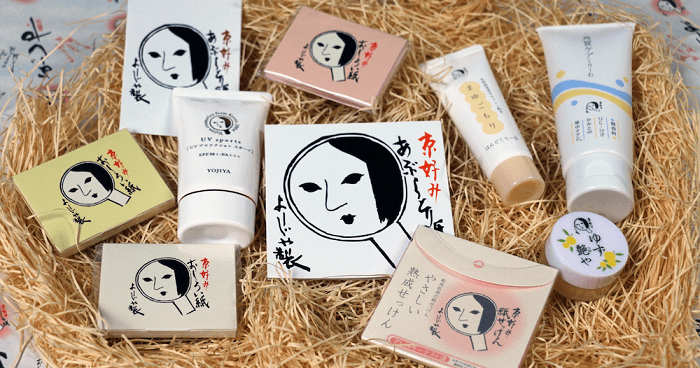
This is a very useful paper made from washi and it has become one of the standard souvenirs. Ladies especially like, it is used to remove oil and sweat from the face, comes in the form of aloe vera variant for sensitive skin or normal skin. Now you can relax and combat your oily skin during hot summer days by using this amazing accessory even with your makeup on.
Buying oil blotting paper as a gift, although a bit odd, is the most often preferred gift. Because Japanese cosmetics are always among the top quality products in the world. And oil blotting paper Japan is made from washi, a very absorbent paper.
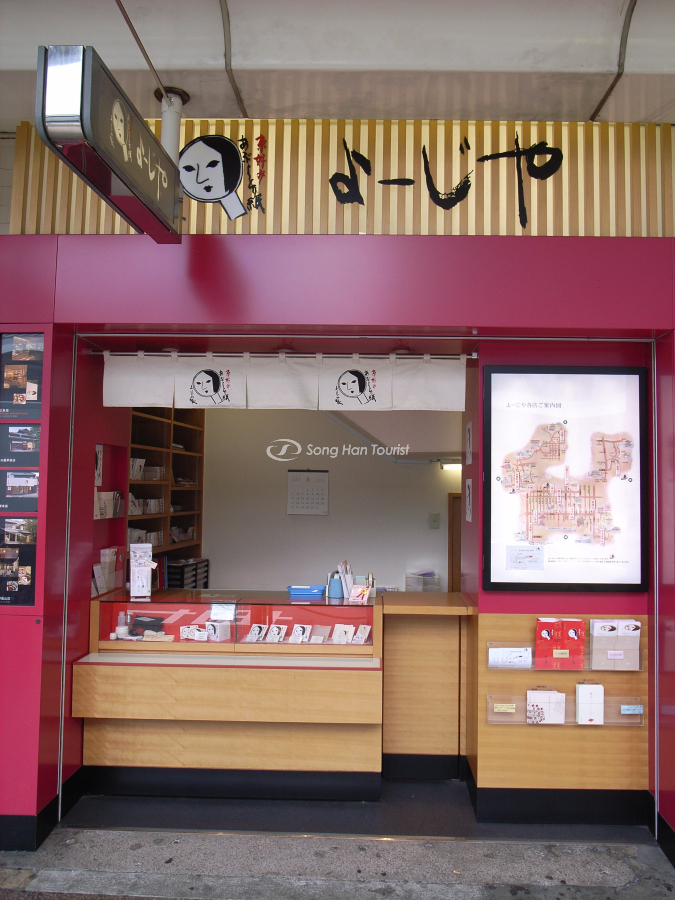
The girls will enjoy this type of oil blotting paper and prioritize buying it for use as well as giving it to friends and colleagues. When traveling to Kyoto, don’t forget to visit traditional markets or shops specializing in oil blotting paper to choose the right product for you! You can go to Yo-jiya store (Address: Kyoto Station Building, Higashishiokoji Kamadonocho, Shimogyo Ward, Kyoto, 600-8215, Japan/Hours: 11AM–6PM) which is an old and famous store in Kyoto that attracts a large number of tourists coming here to shop.
What souvenirs to buy in Kyoto: Camellia Oil
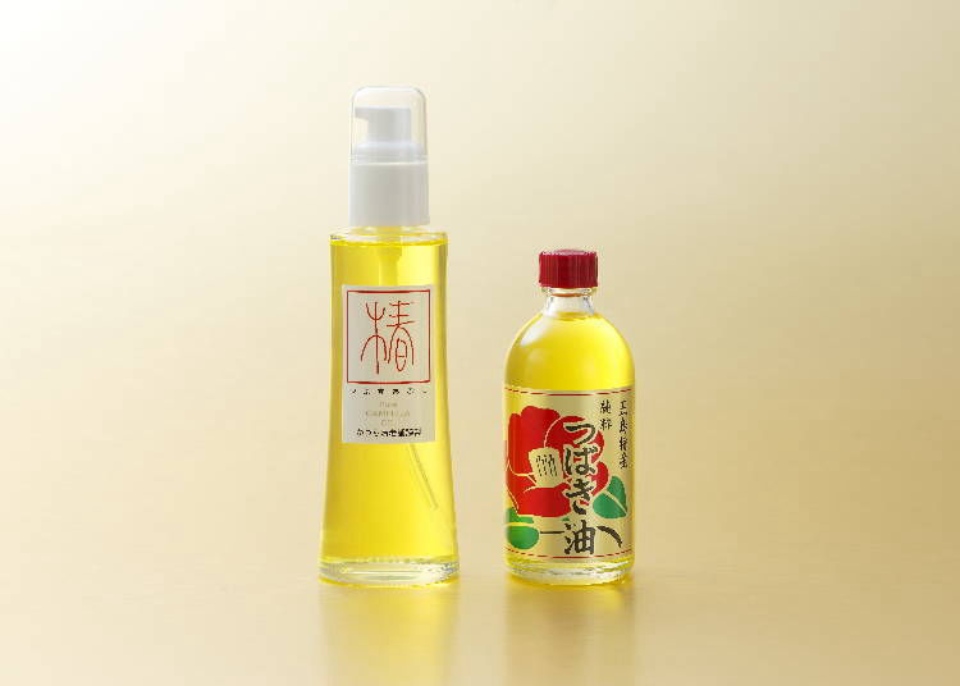
What to buy in Kyoto as a popular gift? Camellia Oil is a suggestion for ladies and is highly recommended to use after a tiring day at work. Its therapeutic aroma helps you relax from everyday stress. It is used as a skin and hair conditioner as well as a cooking oil. It is organic and comes from camellia seeds, which have been used in Japan for over a century.
What to buy in Kyoto: Kohakutou IRODORI Crystal Gummy Candy
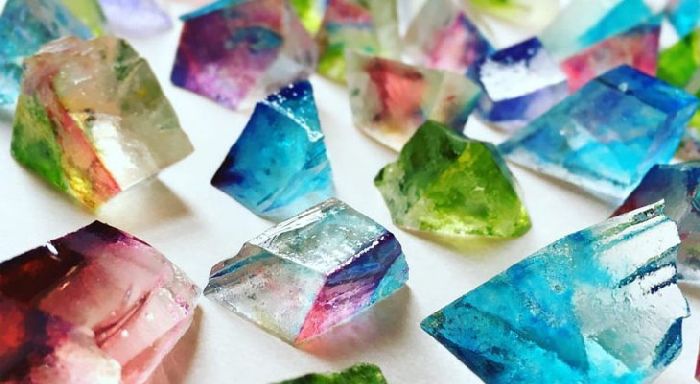
Kohakuto IRODORI is a unique flavored candy at a traditional sweet shop in Kyoto. This is crystal gummy candy that has been around for a long time and is very popular with locals and tourists alike. With the main ingredients being sugar, agar jelly, the candy will be mixed with unique floral scents such as chrysanthemum, lavender, jasmine, etc. Kohakuto IRODORI candy with crunchy texture that makes anyone who eats it will be attached the delicious at the tip of the tongue.
Best souvenirs from Kyoto: Tanuki Statues
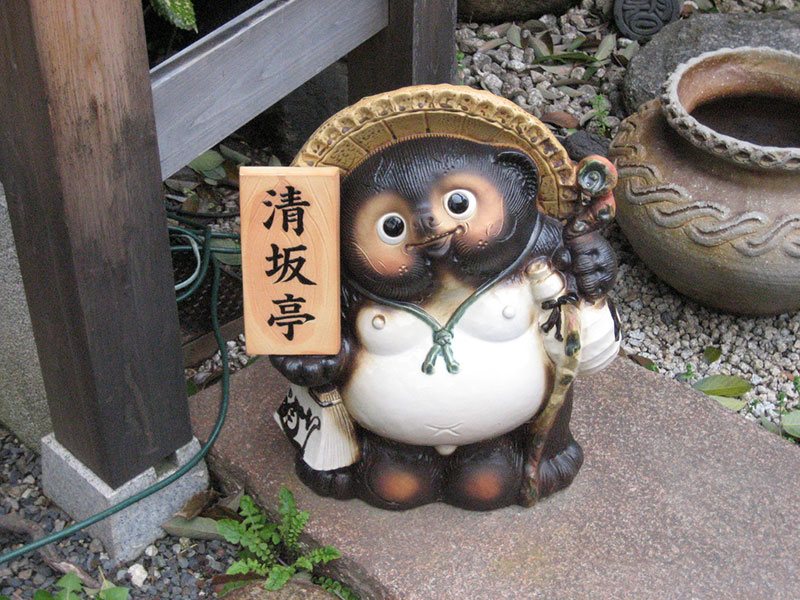
Got an answer to help you figure out what to buy in Kyoto? That was the Japanese Tanuki statue. This is the name of a famous type of sun bear in Japan. It is a mystical creature with many magic tricks. The Japanese often see it as a symbol of good luck. Therefore, if you want to find a lucky and interesting gift when you have the opportunity to come to Japan, you can consider to buy these Tanuki ceramic statues.
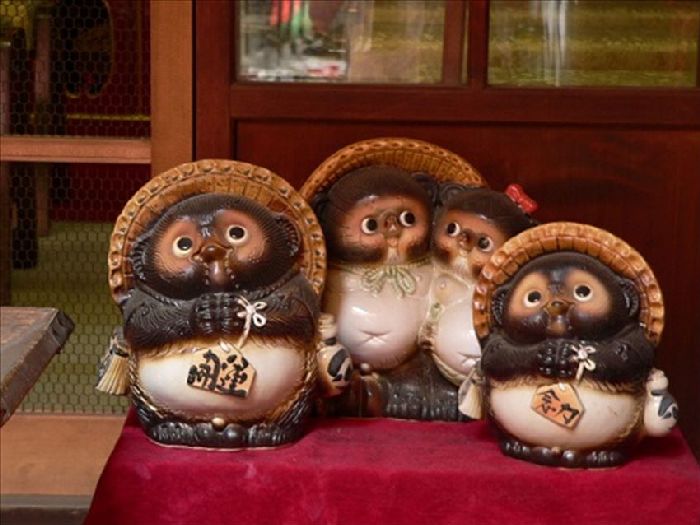
Best souvenirs from Kyoto: Kokeshi dolls
People in Kyoto have been making dolls for more than a thousand years and that is why it is said that Japanese dolls originated in Kyoto. At first they were only made for the upper class and aristocracy, but nowadays anyone can buy them. The dolls are appreciated as souvenirs. They are of high artistic quality and are all handcrafted using age-old traditional techniques. Not only will you love them and their elaborate kimonos you will wish to play with them like the old nobles used to do.
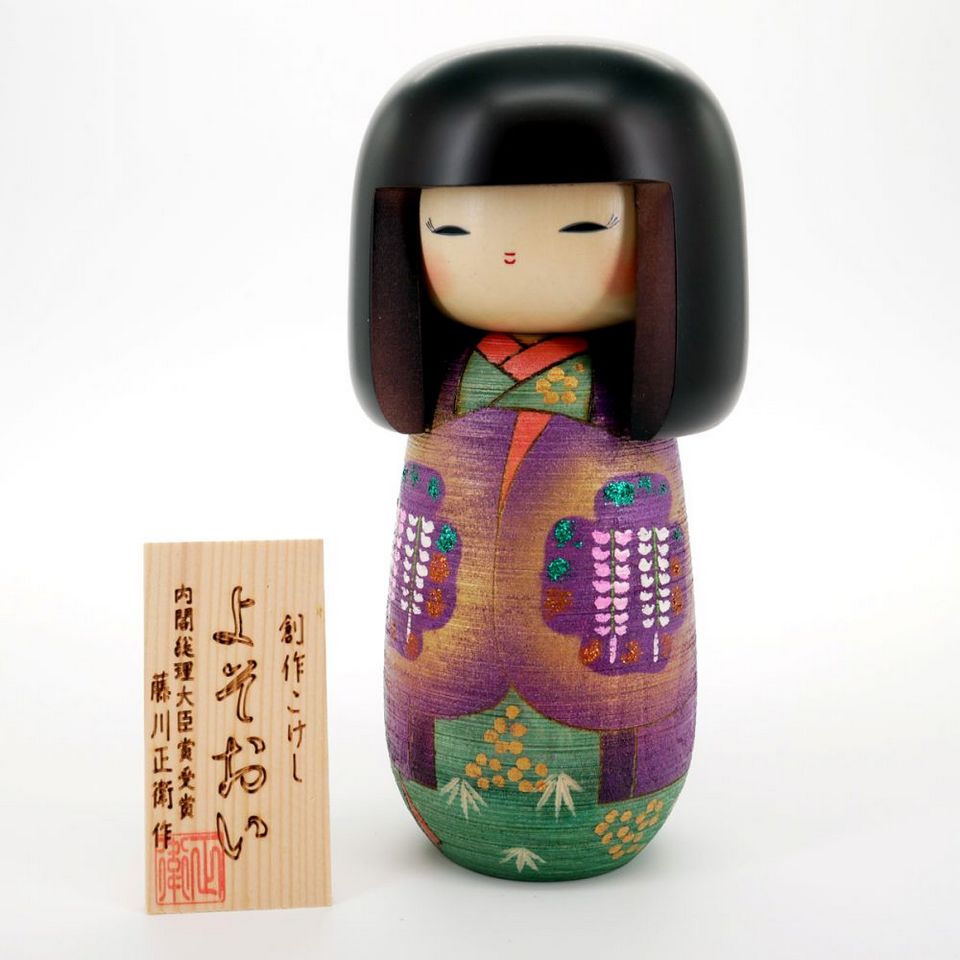
Japanese Kokeshi dolls are handmade wooden dolls that are distinguished between a body and a head, with faces and clothes painted on them. Unlike most other types of dolls, the Kokeshi doll has no defined hands, legs, and feet, and instead has a very minimalistic structure. This unique structure has given Japanese Kokeshi dolls a recognizable and globally recognized look.
Kyoto is famous as a place of traditional doll production with more than 1,000 years old in history. These Japanese dolls are completely handmade by the hands of multi-talented artisans.

Each doll has its own shape and outfit. However, artisans often choose Japan’s national dress Kimono to make clothes for these traditional dolls. At the Kyoto Handicraft Center (Address: 17 Shogoin Entomicho, Sakyo Ward, Kyoto, 606-8323, Japan/Hours: 11AM–6PM), you can choose to buy your favorite doll as a gift to decorate your home to commemorate your Japan tour or give it to your relatives and friends.
These dolls are often used as decorations, collections and gifts, which have become extremely popular all over the world. Traditional Kokeshi ones are painted in black, red and yellow and covered with wax. They have a simple shape with a rounded head and cylindrical body and are modeled after the Naruko style or Tsuchiyu style. Today, there are different designs of kokeshi dolls with more rounded shapes than their traditional counterparts, with different facial expressions and richer colors. The result of these creative techniques creates an charming and beautiful doll. They are often sold as gifts to celebrate a special occasion.
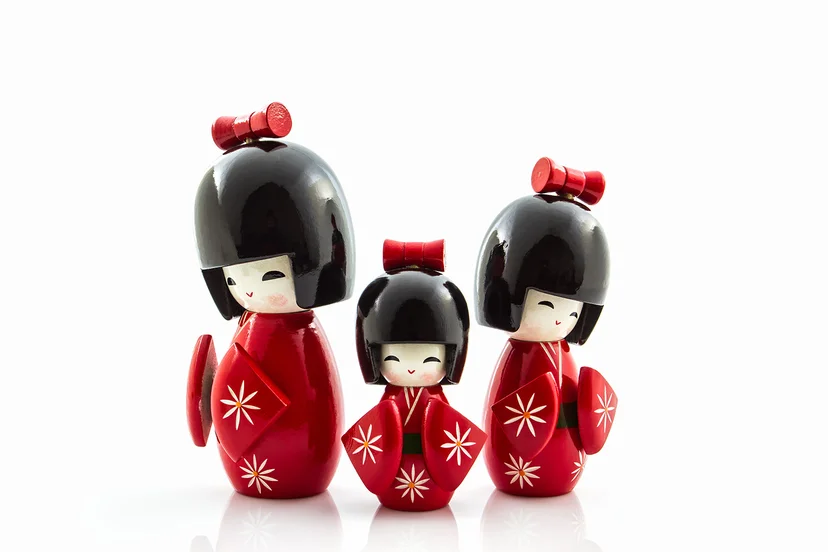
This is a great gift for kids and adults as well. Originally meant to act as protectors for children, they are now widely seen as decorations, with a cute appearance. They come in a wide variety of models and styles and can be found in stores across the city. However, another shop on the ground floor of the Kyoto Tower Hotel is considered to be the most beautiful and diverse place to sell Kokeshi dolls.
Lacquerware
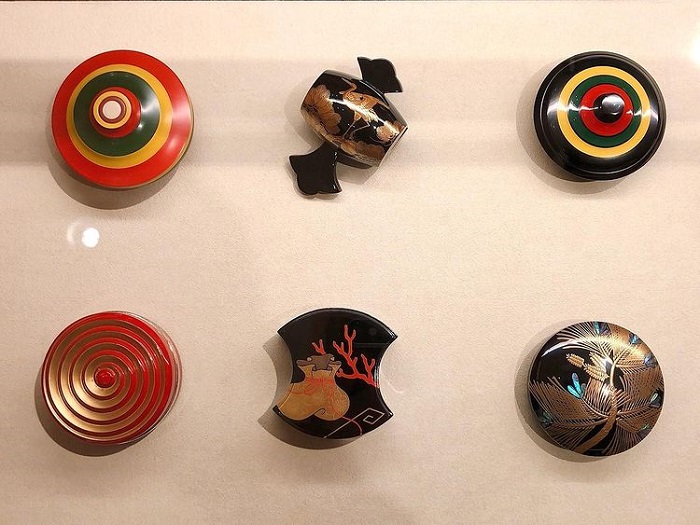
If you don’t mind spending a little more, then Japanese lacquerware is one of the best options. Anyone who has seen high-quality lacquerware knows its beauty. For a beautiful gift for your special someone, lacquerware never goes wrong. Zohiko (Address: Japan, 〒604-0916 Kyoto, Nakagyo Ward, Yohojimaecho, 719ー1/Hours: 10AM–6PM/Tuesday: Closed) is the best lacquer shop in Kyoto. Its upper floor is like a museum.
What is Kyoto Japan famous for: Furoshiki
Furoshiki is a unique and delicate Japanese art of wrapping gifts with cloth, similar to those of Vietnam and China in the past. It shows the Japanese gift-giving culture in daily life. Furoshiki is a combination of the word “furo” which means bath and “shiki” which means cloth, so many people believe that Furoshiki originates from the custom of sauna in Japan dating back to the Edo period. In the early days, Furoshiki was used to pack valuables such as gold, jewelry, etc., to be stored in warehouses. Later on, with creativity and ingenuity, the Japanese turned Furoshiki into an art of using cloth, containing the meaning of behavior imbued with Japanese spirit and culture.
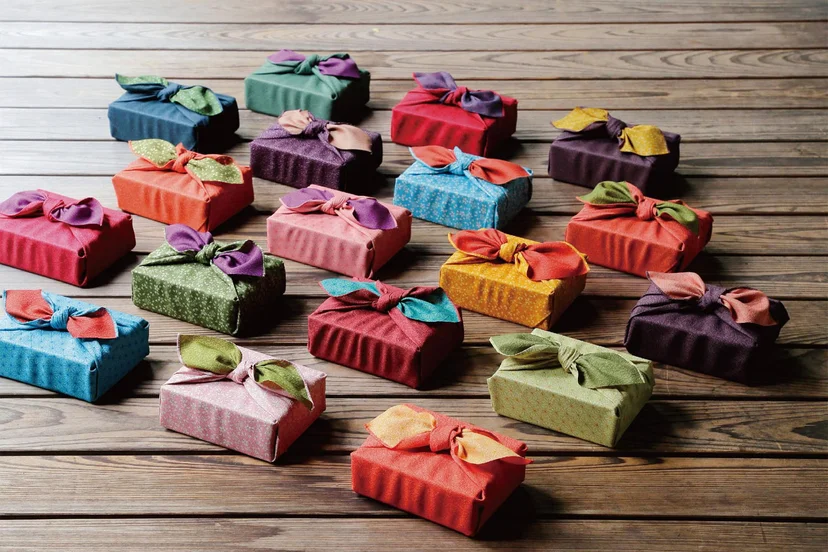
With just a square cloth, the Japanese have created many different ways of wrapping gifts. The gifts are carefully wrapped inside the fabric with many beautiful and meaningful motifs, which is an expression of the affection that the gift giver sends to the recipient. Furoshiki is made from many different fabrics such as silk, cotton or synthetic fiber… The material is fabric, so Furoshiki can be folded after use and reused many times. Each Furoshiki cloth is created with about 100 different wrapping styles. Today, Furoshiki is not only popular in Japanese life, but it is also widely used in many countries. Designers have created furoshiki with unique and delicate patterns, bringing richness and diversity to traditional Japanese wrapping cloths.
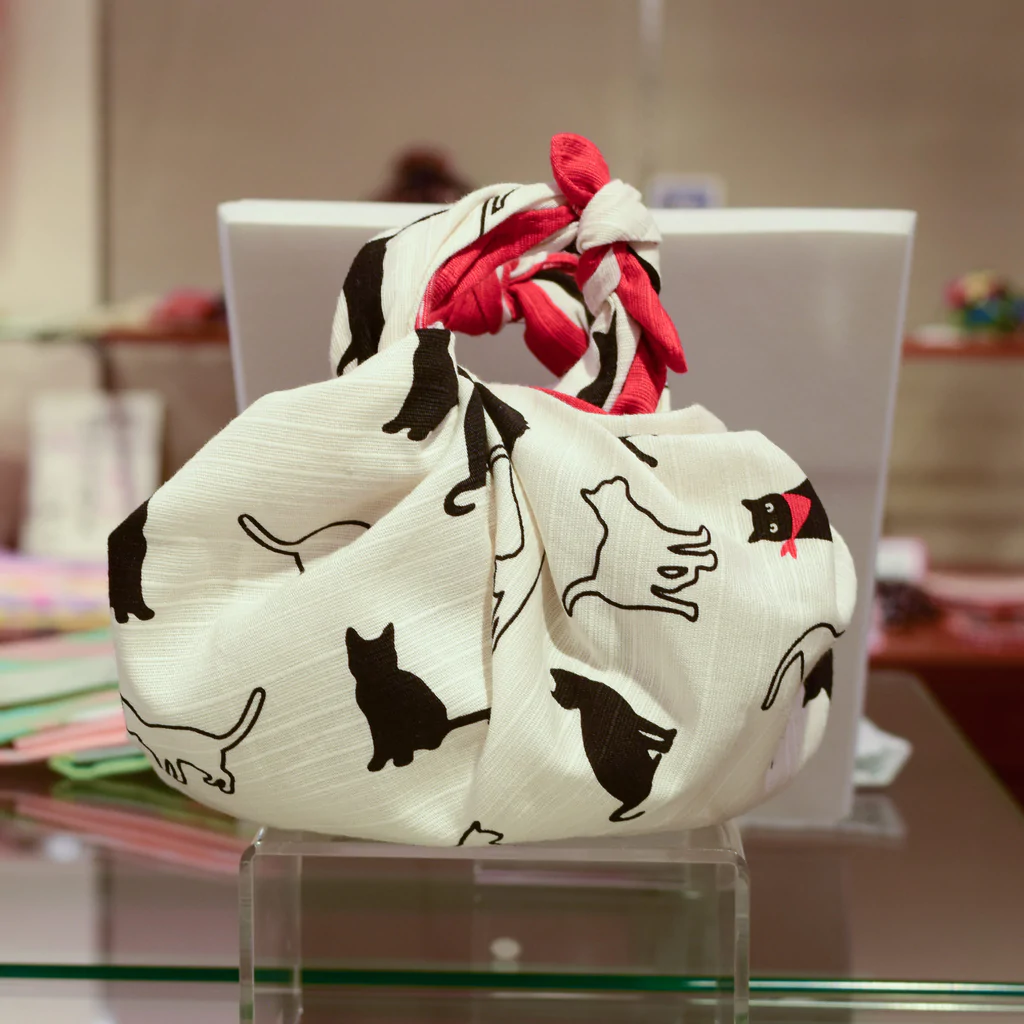
Over many generations, the Japanese have created many different ways of wrapping and using furoshiki creatively with modern features such as laptop bags, tea boxes, cakes, wine bottles, children’s toys… or even a baby sling bag to walk the street with. Furoshiki has become the hallmark of a traditional Japanese culture. In order to promote, preserve and introduce traditional Furoshiki art to international friends, Japan has organized competitions such as designing Japanese wrapping towels. It has attracted the attention and participation of many young people from different other countries. What makes furoshiki even more valuable in the modern age is its usefulness as a plastic substitute. Instead of buying ziplock bags, saran wraps, disposable gift bags, or even collecting plastic bags from the supermarket, furoshiki can play the role of all these items, plus they’re washable, recyclable usable and certainly more aesthetically pleasing.
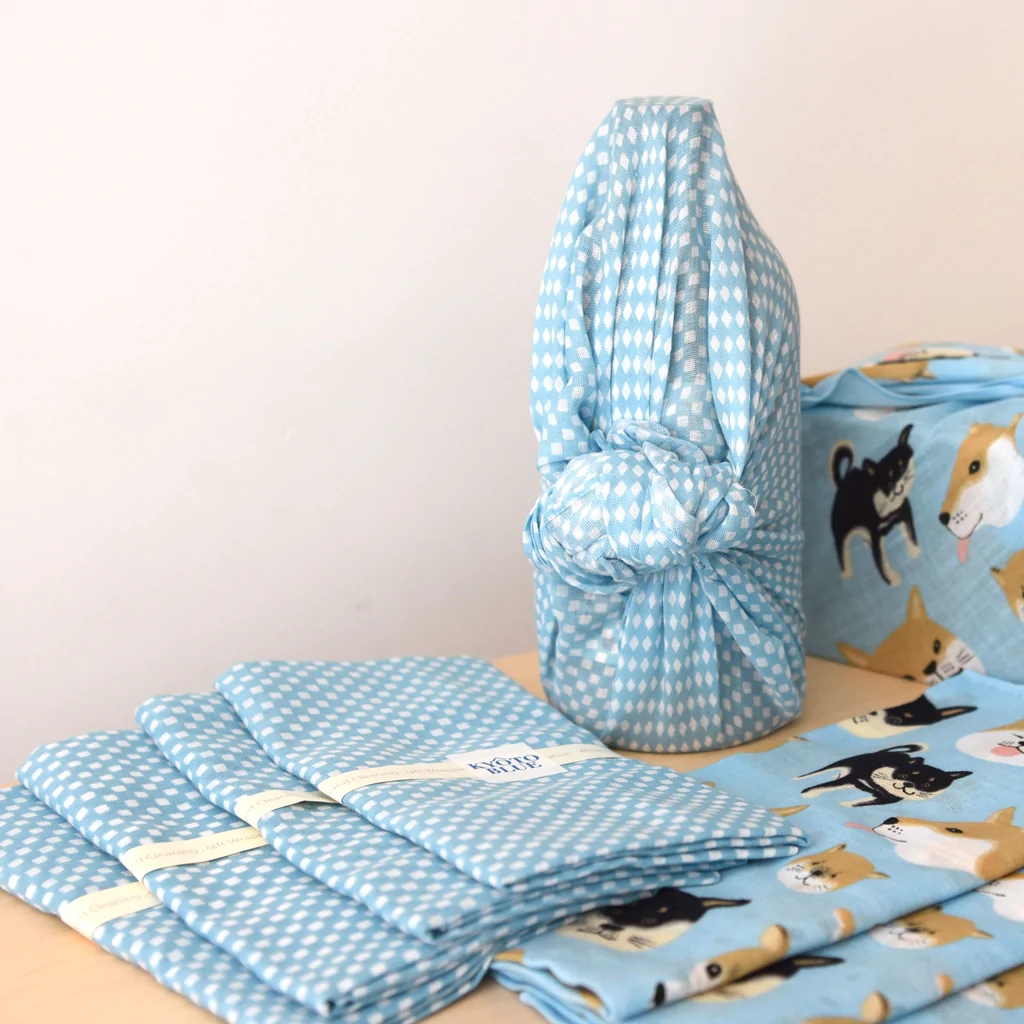
They can be found in stores all over Kyoto, but for the best quality Furoshiki, head to the specialty store called Kakefuda (Address: Address: 386 Satakecho, Shimogyo Ward, Kyoto, 600-8391, Japan/Phone: +81 75-821-3230).
What is Kyoto Japan famous for: Woodblock prints
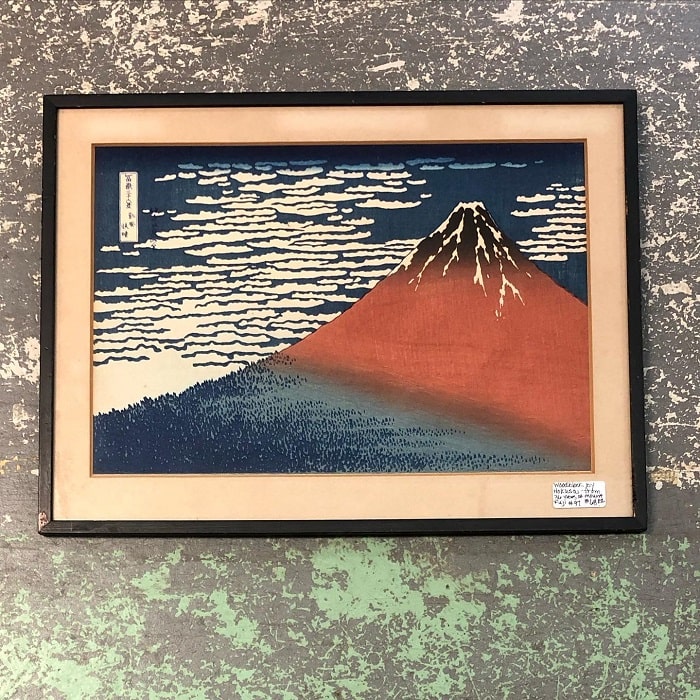
Kyoto is well-known for being home to some of the country’s finest craftsmen. Woodblock printing is particularly good in the city, an art synonymous with Japan in general. Woodblock printing, a more laborious process than modern printing techniques require, was first used by monks to reproduce and disseminate Buddhist texts (scriptures) more efficiently than by hand. After technological advances in the 18th century allowed full color printing, woodblock printing as an artistic medium began in earnest. Printers that once produced monochrome manuscripts were now able to produce multi-color prints and elaborately illustrated calendars for affluent clients.
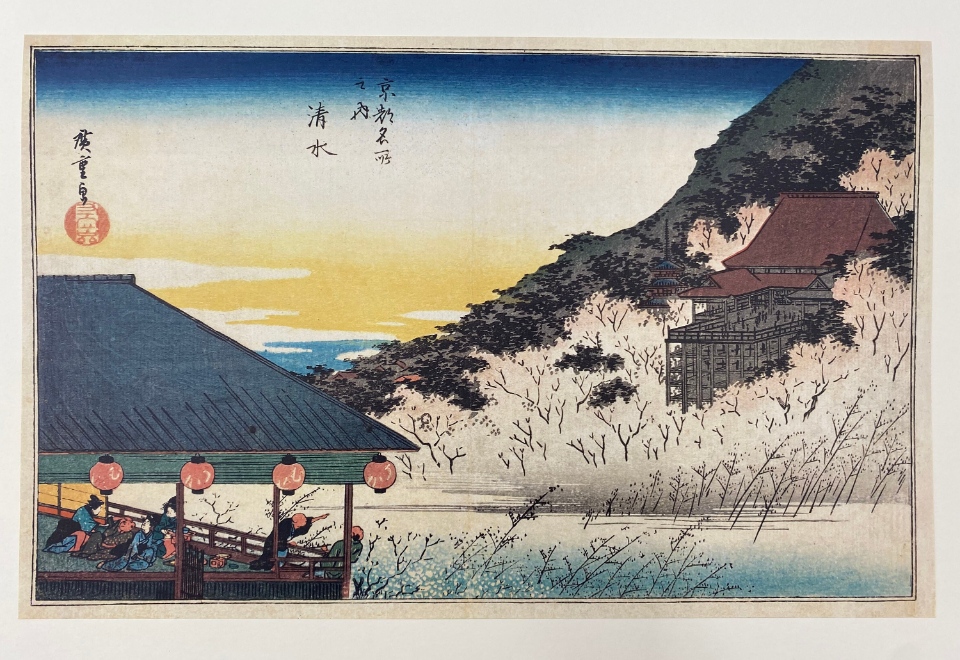
Some Japanese souvenirs mean more than the actual price of buying it. You can pick up amazing woodblock prints at the Kyoto Handicraft Center as mentioned above for around US$30 and the recipient will believe you spent many times that amount. If you put one of these in a beautiful picture frame, hanging on the wall will make the room extremely elegant.
Traditional Japanese printing techniques and woodblock prints are true works of art, and often receive the attention of many craftsmen during the production process and also in the finishing stage. With new printing technologies, ukiyo paintings become ukiyo-e, the image of the floating world. When people think of Japanese woodblock prints, they usually think of it. Ukiyo-e became one of Japan’s most beloved art forms, and prints were popular with the Japanese people. Take advantage of this at the Kyoto Handicraft Center, where visitors can shop for beautiful handcrafted woodblock prints and the like, all at affordable prices.
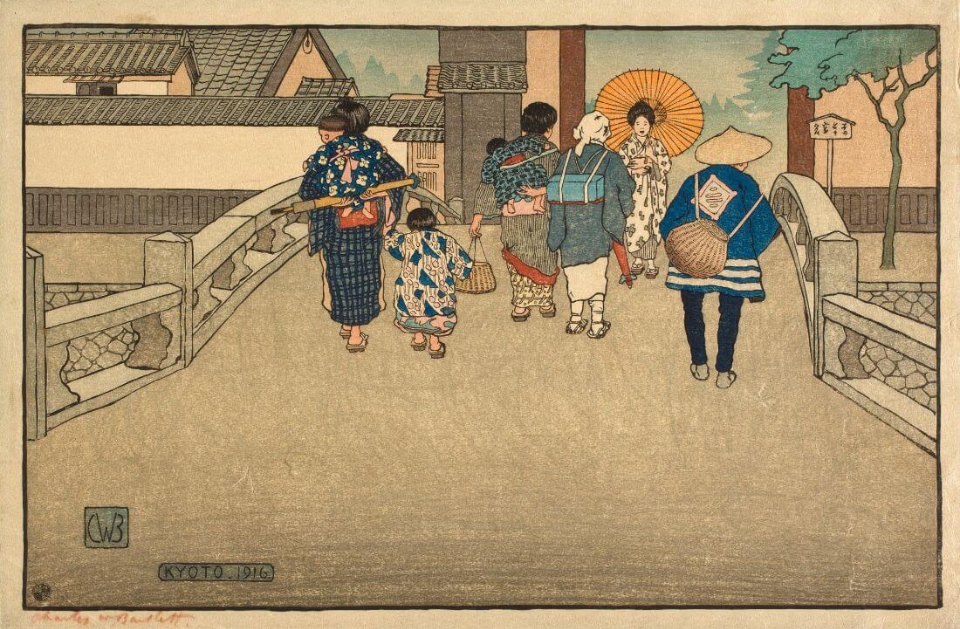
Best shopping Kyoto: Omamori (Japanese Lucky Charms)
Omamori also known as Japanese Charms, this is considered a very lucky charm symbolizing Shinto gods, meaning to bring protection and good luck to the charm holder. You can get them at most Shinto shrines and Buddhist temples in Japan. Anyone can buy them, regardless of religion. You can buy them for personal use. However, many people buy them to gift them to family members or friends. They are very effective when given to someone who is pregnant or has a difficult test to pass. More modern lucky charms come in a variety of forms, such as tags, zodiac bands, reflective bike stickers, and more.
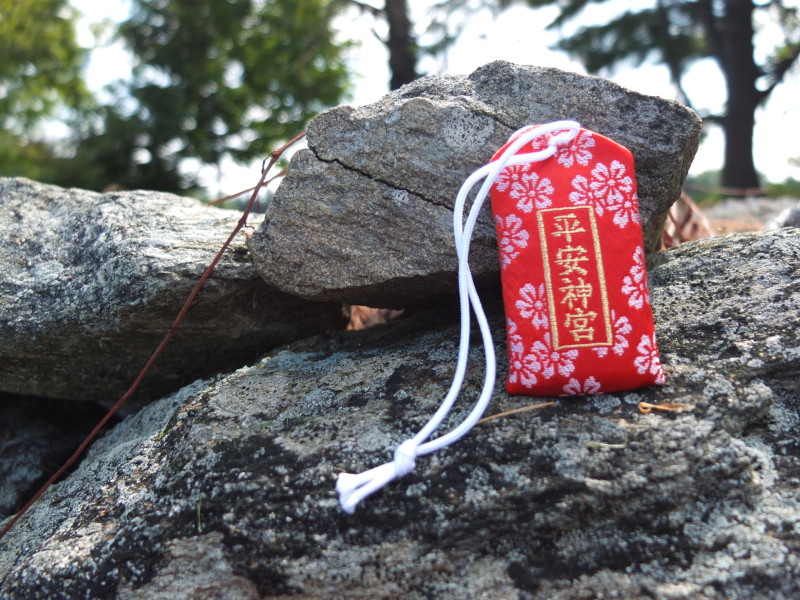
In addition to the standard ones, some temples and shrines offer some unique versions. Some made of wooden plaques that resemble Ema. There are many types of omamori charms such as good luck charms, success charms, traffic safety charms, protection charms, etc. So, you can choose various charms as souvenirs as well as help you safer, luckier. The most famous omamori charms in Kyoto are sold at the Kinkaku-ji Temple and Fushimi Inari Taisah Shrine.
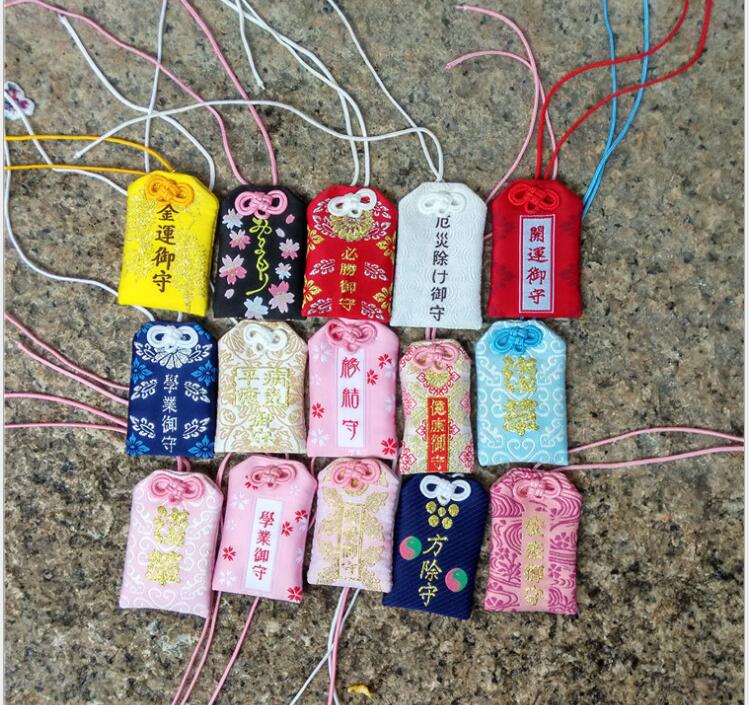
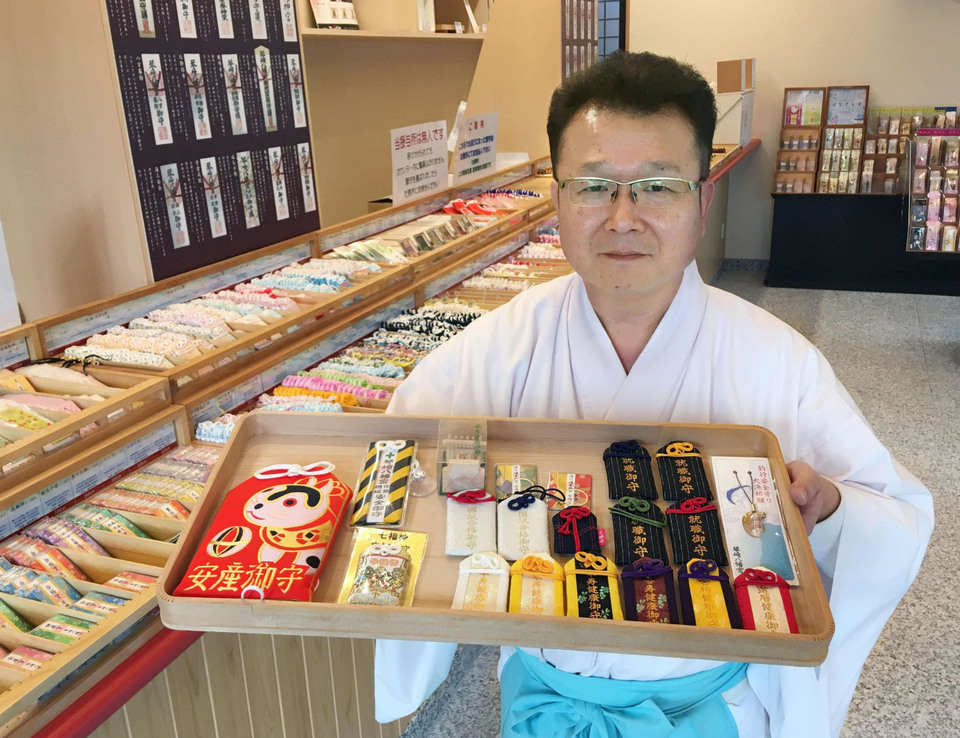
What to buy in Kyoto: Maiko Yume Eau de Cologne
Kyoto-zou Maiko Yume eau de Cologne is a limited edition Kyoto fragrance available with three scents inspired by the place’s beloved flowers: osmanthus, cherry blossom and gardenia. The perfume contains in a cute little bottle with a Maiko printed on it.
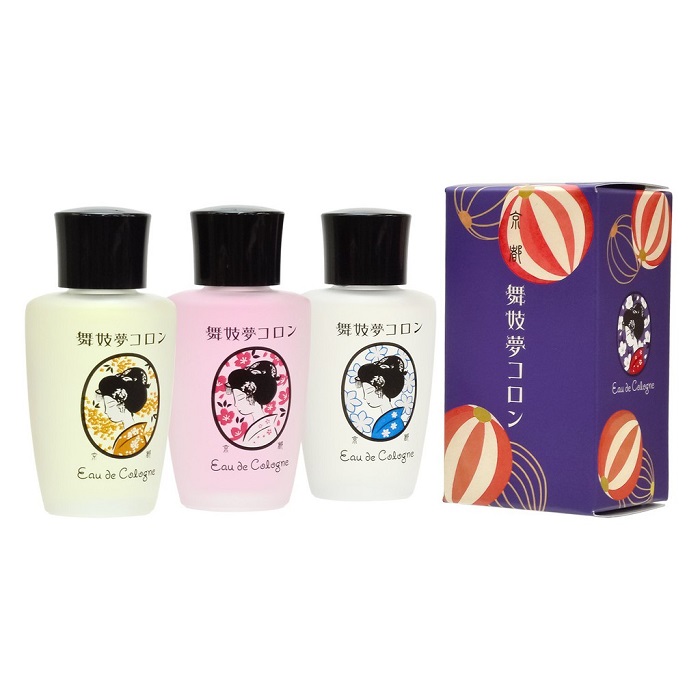
Best Kyoto souvenirs: Nama Yatsuhashi
Nama Yatsuhashi is one of the most popular gifts from Kyoto that most tourists buy when they visit the city. This is a typical Kyoto sweet and very tasty. Yatsuhashi is made from rice flour and sugar and is famous for its cinnamon flavor. Originally, yatsuhashi was called hard-grilled senbei due to its hardness. Another type of yatsuhashi, steamed yatsuhashi is called Nama-yatsuhashi, another contains anko (sweet red bean paste) inside called An-iri Nama-yatsuhashi. Nama Yatsuhashi is a type of Japanese sweet bean paste sandwiched in soft dough into a triangle shape. It has a very simple taste, but when you smell it, you will feel very comfortable.
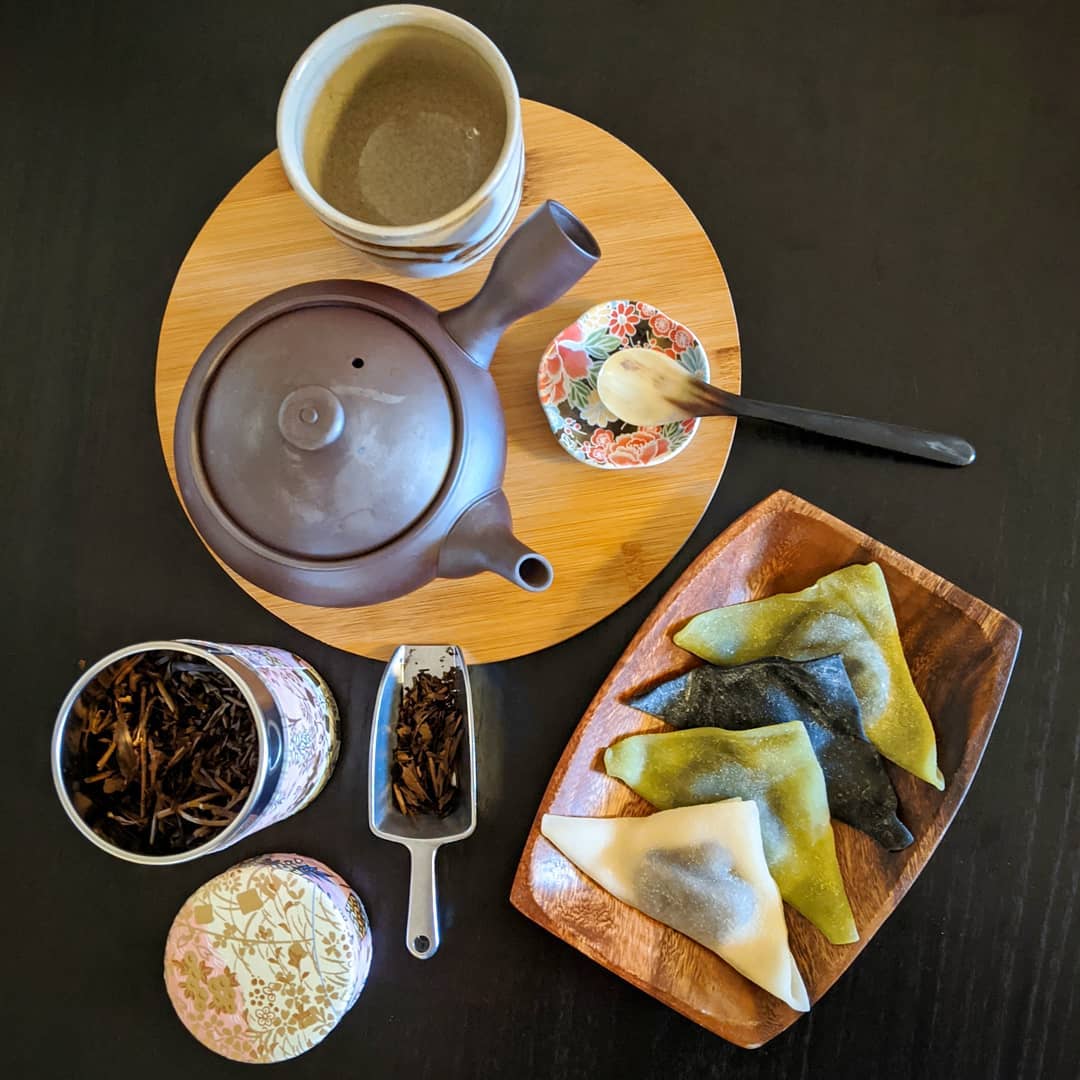
In addition to the regular version, you can find all sorts of flavor variations, including green tea, chocolate, strawberry, banana, and blueberry. The taste of Yatsuhashi is a combination of soft sticky rice cakes, fragrant with cinnamon or green tea, black sesame, mixed with sweet red bean paste. This cake has a very light taste and is not boring at all. Yatsuhashi is best eaten with a cup of matcha, during a traditional Japanese afternoon tea. Cutting a piece of cake while sipping tea, looking down at the street from the 2nd floor of a traditional tea shop will give you the most interesting experience of the ancient ancient capital of Kyoto of the land of cherry blossoms.
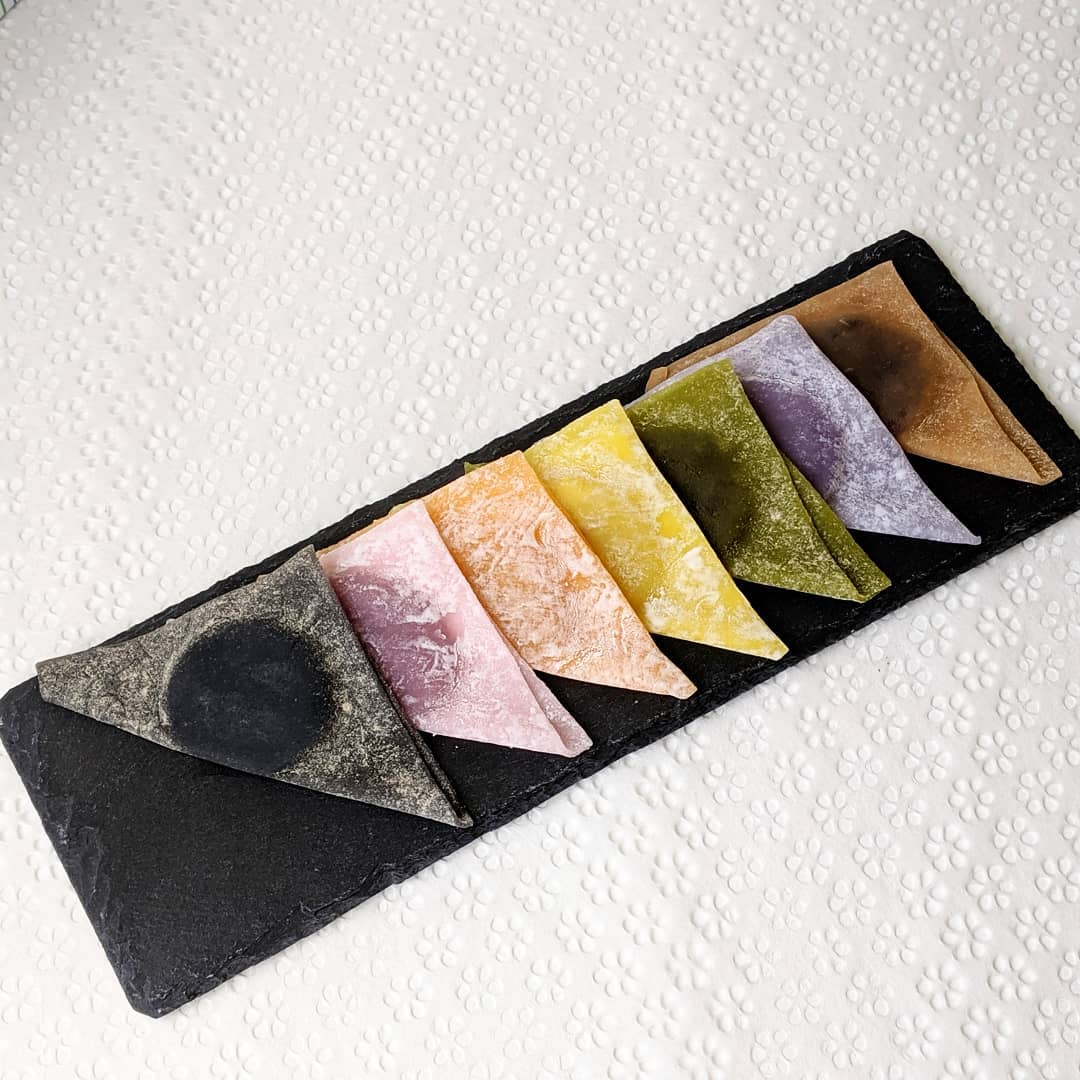
You can buy Nama-yatsuhashi from Otabe, a special shop in selling Nama-yatsuhashi in downtown Kyoto. If you’re really into sweets, Otabe also runs classes to make your own nama-yatsuhashi on the 2nd floor in Higashi Shiokoji Kamadonocho.
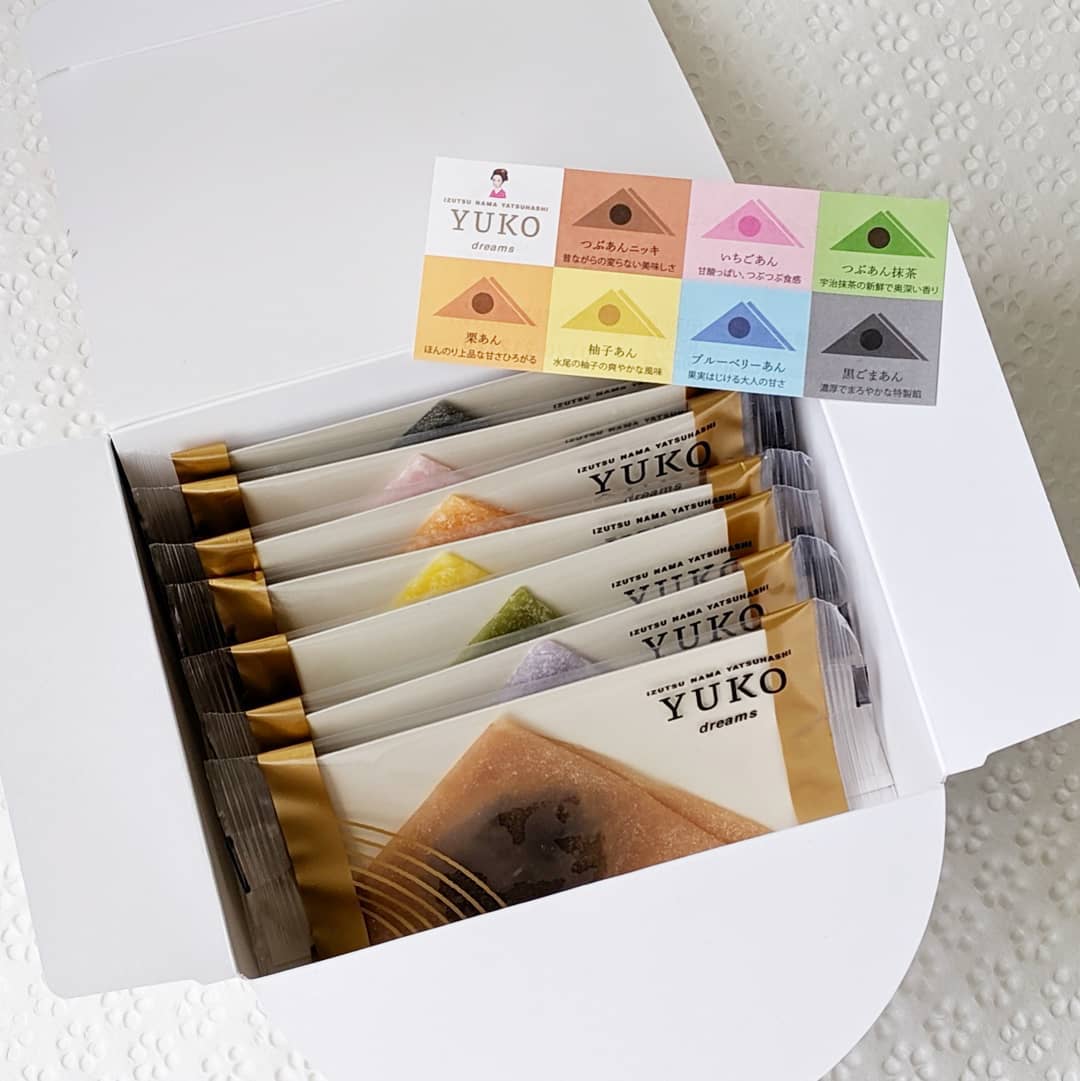
Must buy in Kyoto: Pickled vegetables (Tsukemono)
Pickled vegetables, or tsukemono, is a Japanese appetizer and must-try when visiting Kyoto, the city associated with this healthy snack. The main ingredients for making ‘Tsukemono’ are soy sauce, miso, vinegar, rice bran or nuka, sour fruits and vegetables like Ume, radish, Chinese cabbage or hakusai, and cucumber, carrot… In addition, the Japanese use a lot of other tubers and fruits such as ginger, persimmon, chili, or even zucchini to make their pickles become a unique and rich cultural dish. Japanese chemistry. The best place to shop for tsukemono is the 400-year-old Nishiki Market, where several vendors sell homemade pickled vegetables at very low prices.
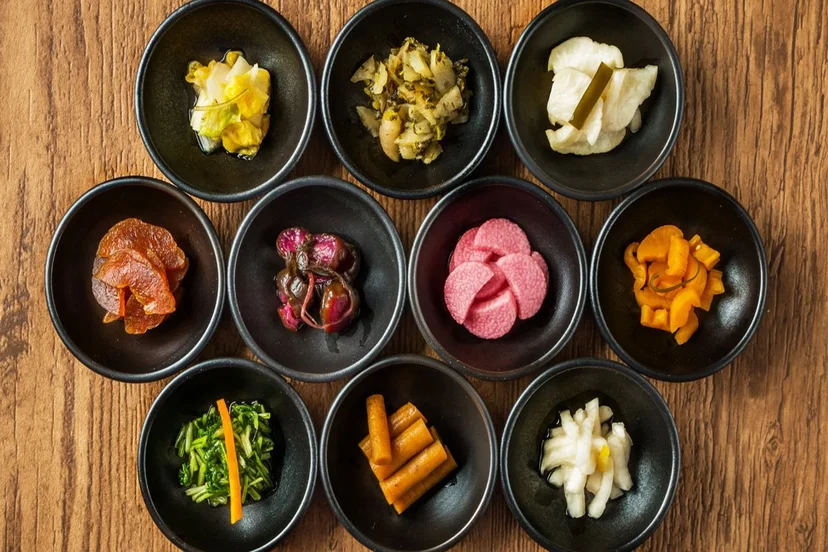
The Japanese people have been eating tsukemono for centuries and it is not difficult to find them in Kyoto today. It is a traditional side dish, but sometimes they put it on top of rice, or tofu. It has a slightly sour taste that makes you quickly addicted. You can buy some fresh tsukemono at Nishiki Market, but if you want to take them home, you should buy the ones that have been sealed, carefully packed in bags by facilities.
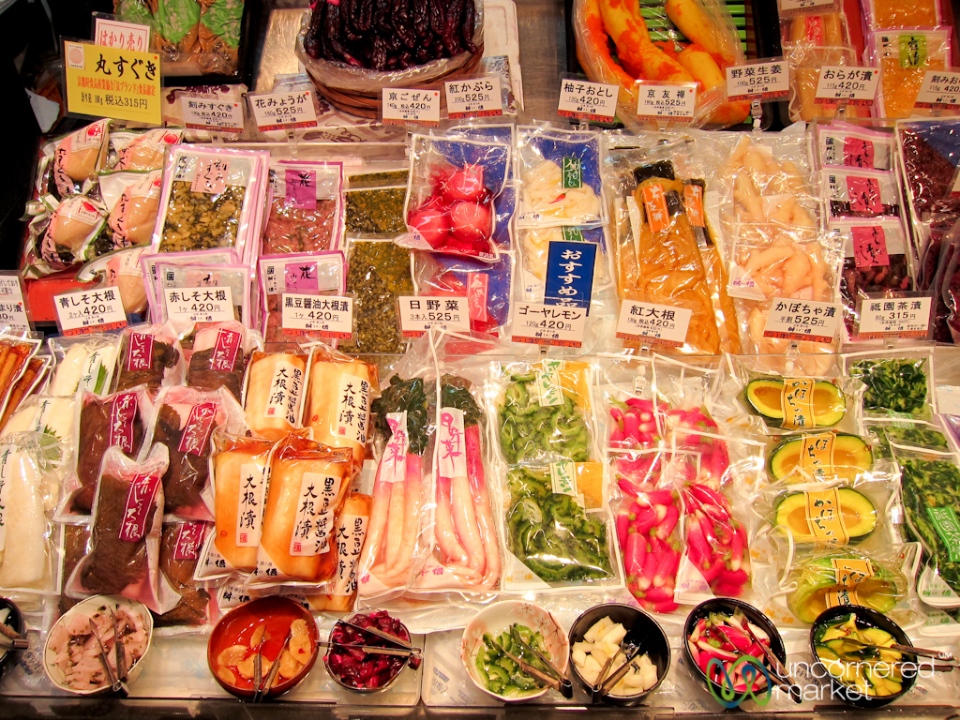
Buy gifts when traveling to Kyoto you should also not miss the specialty of very delicious and famous pickled vegetables. In which, it must be mentioned that eggplant and cucumber are cut into small pieces, soaked in salt water, and red shiso leaves make up a traditional dish of Kyoto.
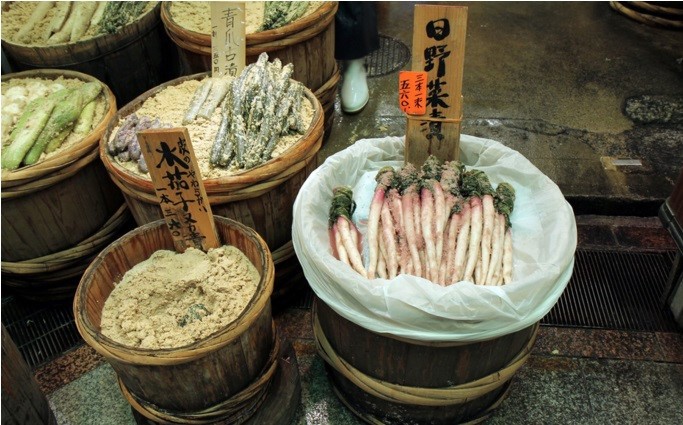
Must buy in Kyoto: Matcha Warabi Mochi
Matcha Warabi Mochi is a sweet made from glutinous rice and matcha. With a light sweetness, the outside is covered with a smooth matcha layer, this is a very suitable snack to buy as a gift.
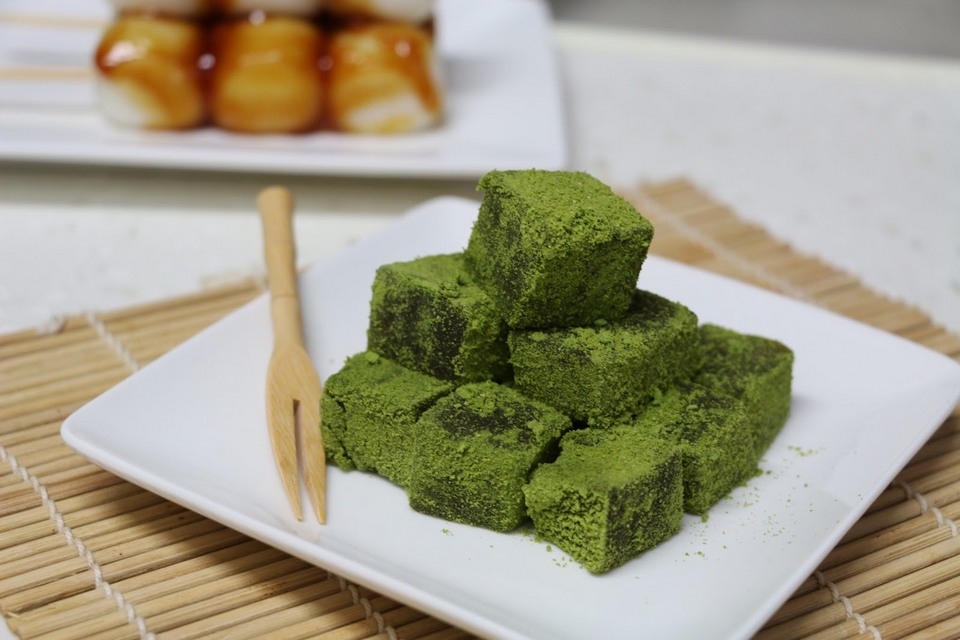
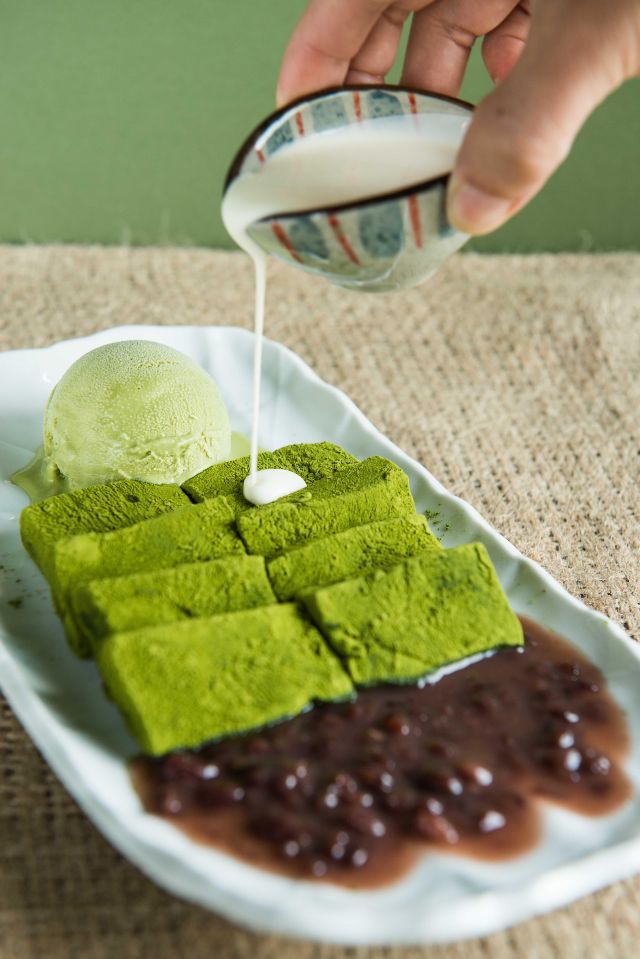
Kyoto souvenirs: Sake
Sake is perhaps one of Japan’s most distinctive drinks. South of Kyoto, lies the most famous Fushimi Sake district, representing an attractive, traditional sake brewing area beautifully located along the Horikawa River. It is one of the three largest sake brewing prefectures in Japan. Some of the breweries there are open to the public, where you can sample some of the limited edition sake and buy some as souvenirs.
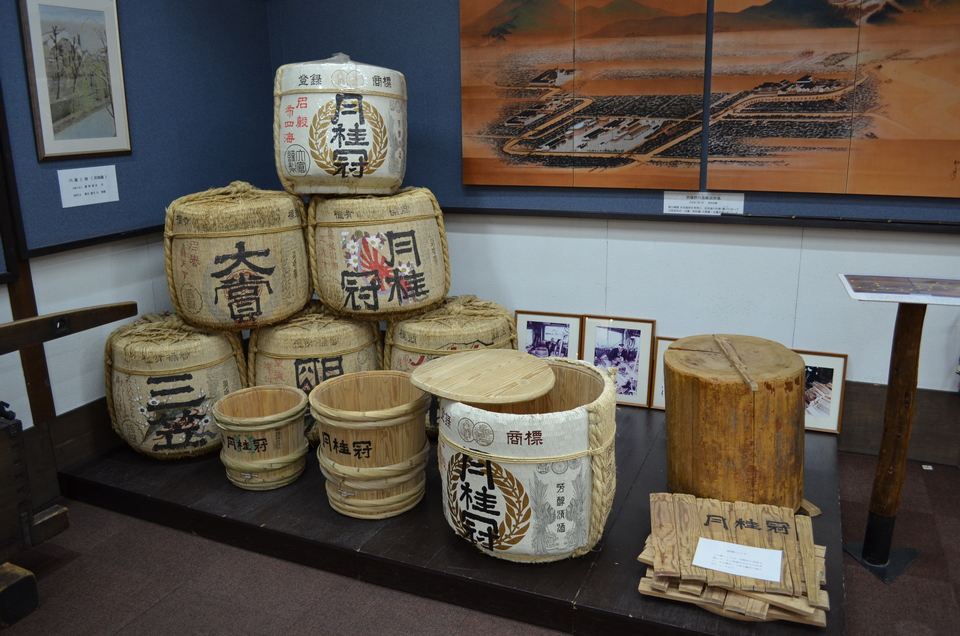
Kyoto gifts: Kyoto limited edition Kit Kat
If you are still wondering what to buy in Kyoto as a gift, the Kyoto limited edition Kit Kat is an ideal gift that you should not miss. Kit Kat Uji green tea is a combination of two long-standing stores in Japan, Itoh Kyuemon and Nestle Japan. Therefore, when you have the opportunity to come to the land of the rising sun, you should not miss this specialty.
Kyoto gifts: Patterned phone cases
Traveling to Kyoto, you will see many shops selling phone cases with unique patterns. These cases you can choose to buy as gifts for relatives and friends. Crafted from delicately patterned fabric and comes with pins, so you can clip it to your bag as a unique decoration.
Must buy in Kyoto: Japanese Knife
This knife is chosen by many tourists to buy as a gift because of its beautiful and sharp design. Japanese knives are made to closely resemble Japanese swords, so it has a very high quality. When you come to Kyoto you can choose to buy knives at Aritugu, to choose for yourself a Japanese knife carved with the message you like. Surely this will be a very meaningful gift for your trip.
If you are a chef or know someone who love cooking, then pick up a good Japanese cooking knife. The British and Japanese believe that giving cutting tools is a good way to sever a friendship. For this reason, the salesperson will ask if you plan to give the knife as a gift. If so, they’ll include a small rock to symbolically dull the knife (thus ensuring that it won’t sever any ties). At Nishiki Market there is Aritsugu shop that sells the best traditional cooking knives in town.
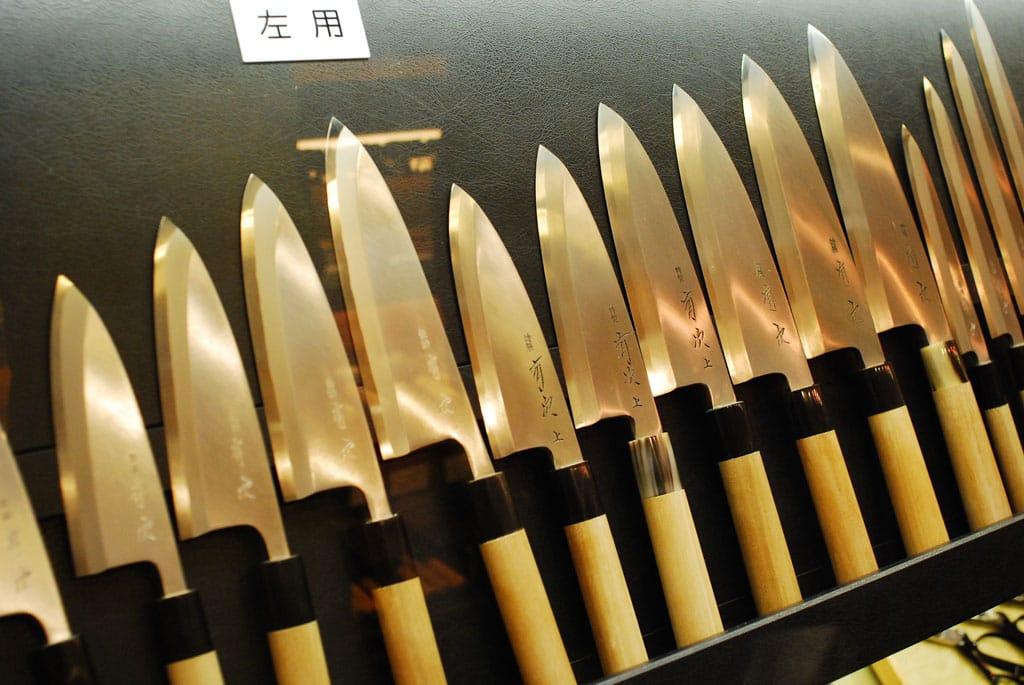
Kyoto things to buy: Kiyomizu Pottery
Kiyomizu pottery was first made in the 5th century in front of Kiyomizu-dera Temple. Today it is one of the typical traditional arts in Kyoto. Ceramics come in many shapes, colors, and hand-painted patterns. It looks fragile but is actually extremely long-lasting. Because of its interesting history and fascinating design, this pottery has become a very popular gift or souvenir with people visiting Japan.
Hand-sewn fabric book cover
You often go to a bookstore and buy some kind of paper or plastic wrap that you don’t like at all to wrap your books. When visiting Kyoto, don’t forget to look for books that are totally fun and cute for books for your loved ones. They sell handmade upholstery fabrics with sweet traditional patterns on them. They can be washed and reused if desired.
Tsubaki Camellia Oil & Wooden Comb
A must-buy beauty product from the land of Geisha. Have you ever wondered why Geisha girls have perfect shiny hair? This could be a secret. Tsubaki (camellia) oil is a very popular hair care product in Kyoto and the ideal method is to use it with a wooden comb.
Kanzashi hair pins
Kanzashi is a hair ornament used for traditional Japanese hairstyles and it is also a must-have item for Geisha. Thousands of different designed Kanzashi are sold in Kyoto, so pick your favourite!
Starbucks Limited Edition Items
Starbucks Japan has released regional designer tumblers and other items limited to select cities. If you’re in Kyoto, don’t miss your chance to get some limited-time designer items!
Chopsticks and cases
Chopsticks are possibly the best-selling souvenir in Japan that you can buy at pretty much every souvenir shop. But many shops in Kyoto sell chopsticks with beautiful shells which makes this item much more attractive!
Some best day tours, trips, activities and transfer services, tickets in, to and from Kyoto you can refer to
- Private Kansai International Airport Transfers (KIX) for Kyoto
- Limousine Bus Transfers between Kansai International Airport (KIX) and Osaka or Kyoto
- Shared Night Bus Transfers from Kyoto to Tokyo
- Private Kansai Airport (KIX) Transfers to Osaka, Kyoto, Nara, Uji, Kobe, or Arima
- Kyoto-Osaka Sightseeing Pass (1 Day/2 Days, Kyoto Pick Up)
- Kyoto-Osaka Sightseeing Pass 1 Day/2 Days (Pick up at Osaka)
- Randen + Subway 1 Day Pass
- Kyoto Temples & Shrines Day Tour from Osaka: Fushimi Inari-taisha, Arashiyama, Kiyomizu-dera & More
- Kyoto Perfect Day Tour from Osaka or Kyoto: Kiyomizu-dera, Fushimi Inari-taisha, Arashiyama & More
- Kyoto and Nara Day Tour from Osaka/Kyoto
- Kyoto Afternoon Tour from Osaka
- Hankyu Tourist Pass
- Kyoto and Nara Day Tour from Osaka/Kyoto
- Sagano Romantic Train One-Way Ticket (Saga or Kameoka Departure)
- Kimono Rental and Photoshoot in Kyoto by Ouka Kimono
- Kyoto Sagano Romantic Train Day Tour
- Kyoto Temples & Shrines Day Tour from Kyoto: Fushimi Inari-taisha, Arashiyama, Kiyomizu-dera & More
- Amanohashidate & Miyama One Day Tour from Osaka/Kyoto
- JR Kansai-Hiroshima Area Pass
- Kimono Rental in Kyoto Kiyomizu Temple
- One Day Kimono Rental
- Kyoto Temples & Shrines Day Tour from Osaka
- Kimono and Yukata Rental at Kimono Miyabi Kyoto
- 4G Prepaid Sim Card (JP Airports Pick Up) for Japan
- 4G WiFi (Japan Pick Up) for Japan
- JR Pass for Whole Japan (7, 14, or 21 Days)
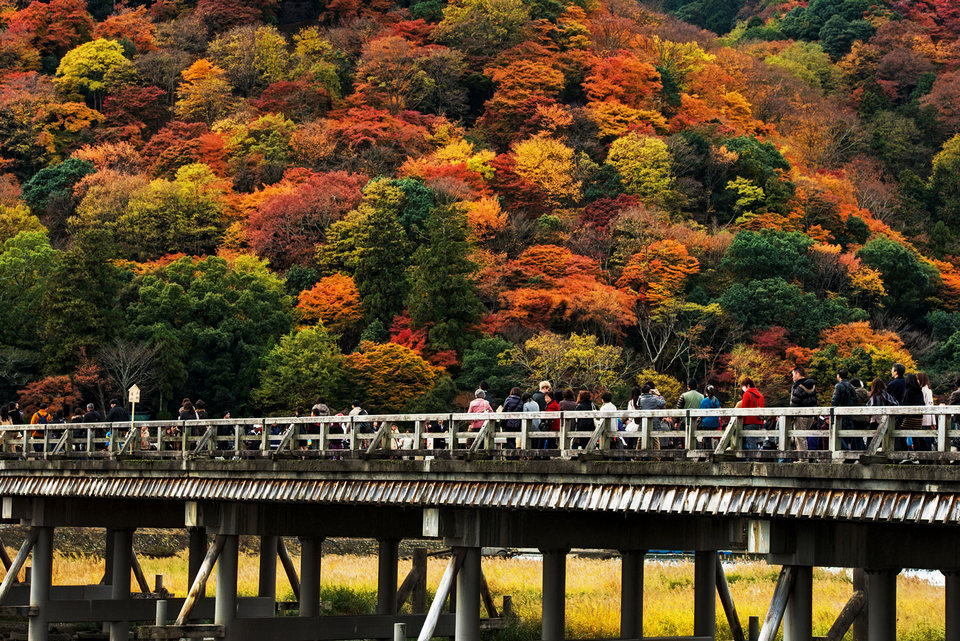
Are you finding more top things to do in Kyoto: Tours, activities, attractions and other things? Let’s check it out at here. And read more: Kyoto blog (Kyoto travel blog) — The fullest Kyoto travel guide blog for a budget trip to Kyoto, Japan for the first-timers. And Kyoto 3 day itinerary — How to visit Kyoto in 3 days & what to do in Kyoto in 3 days perfectly?































![10 best airports in Asia in 2016 [RANKED] kuala-lumpur-international-airport-best airports in asia in 2016 by skytrax ratings](https://livingnomads.com/wp-content/uploads/2016/08/29/kuala-lumpur-international-airport-best-airports-in-asia-in-2016-by-skytrax-ratings-218x150.jpg)








